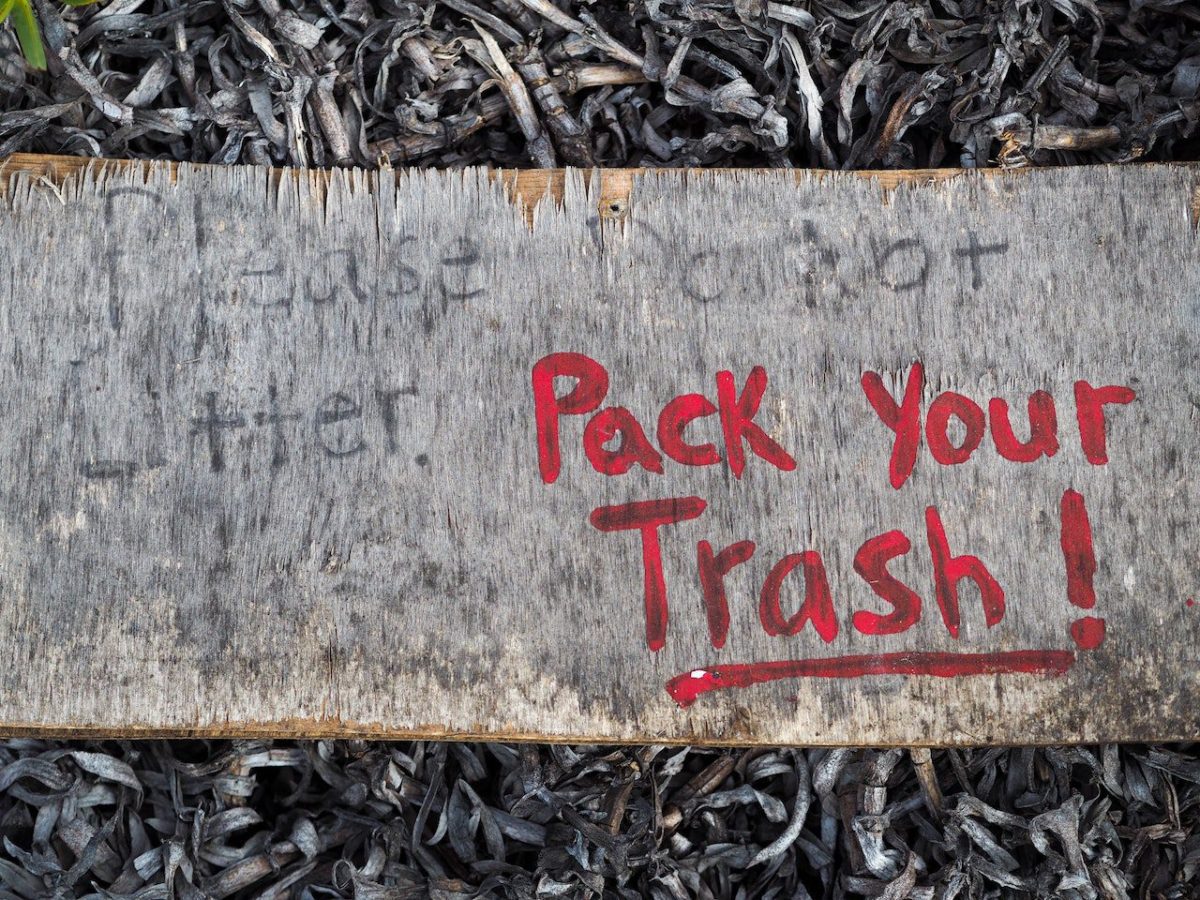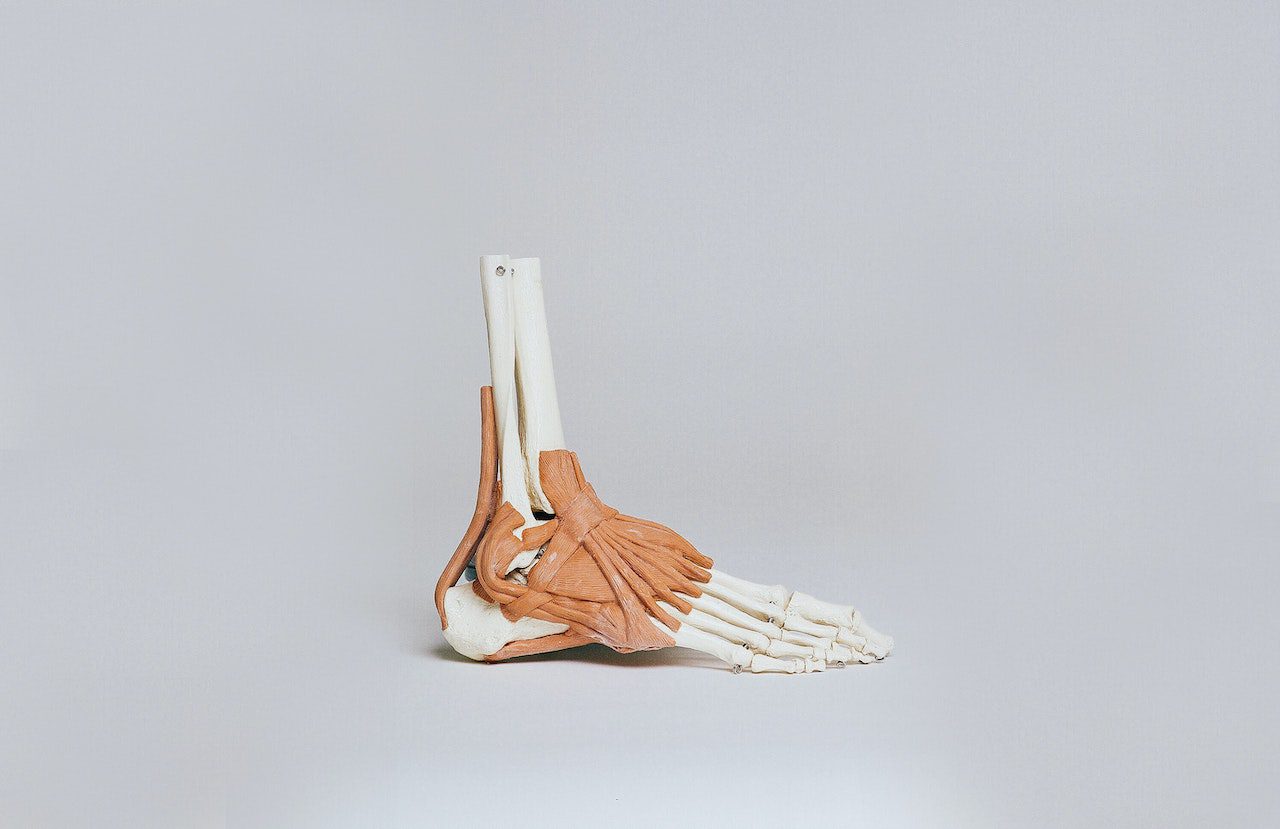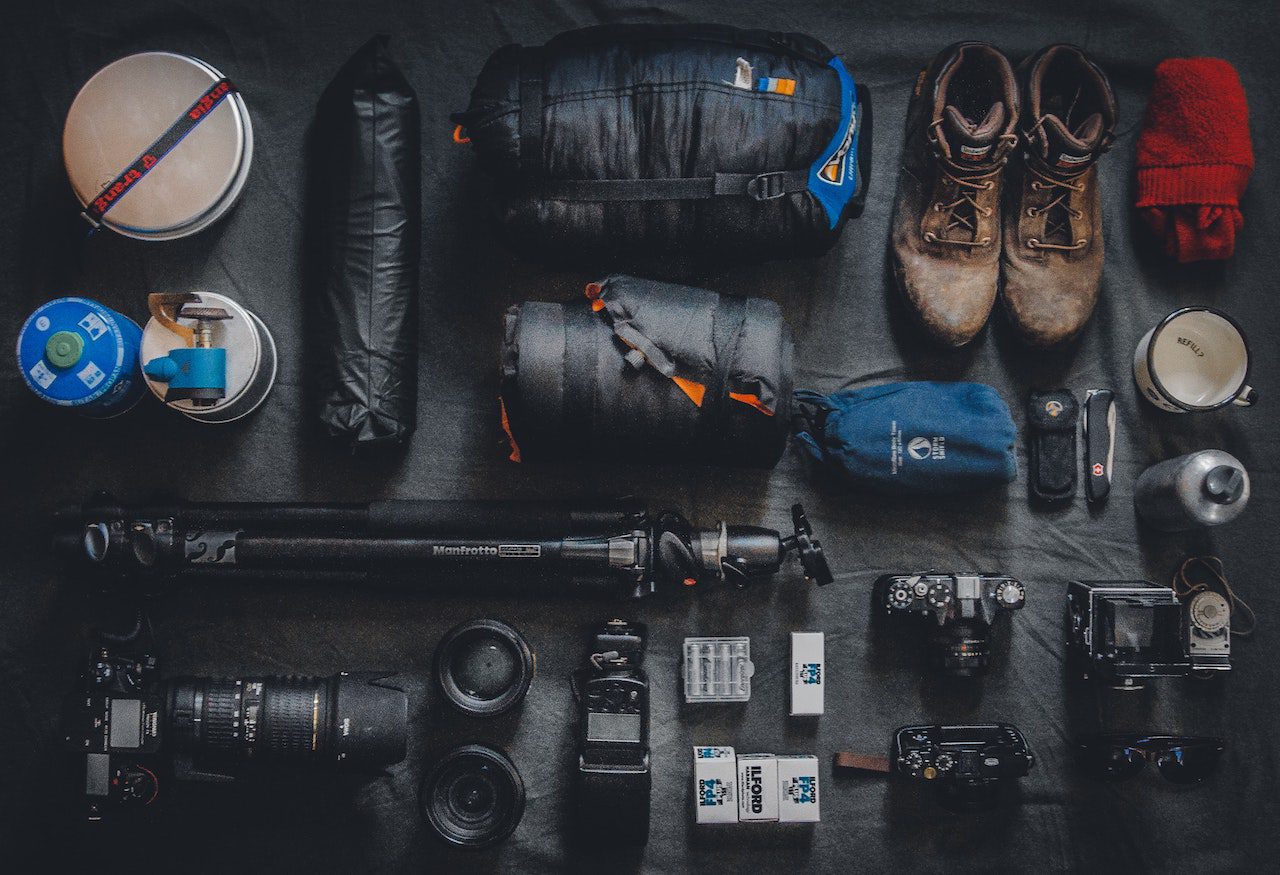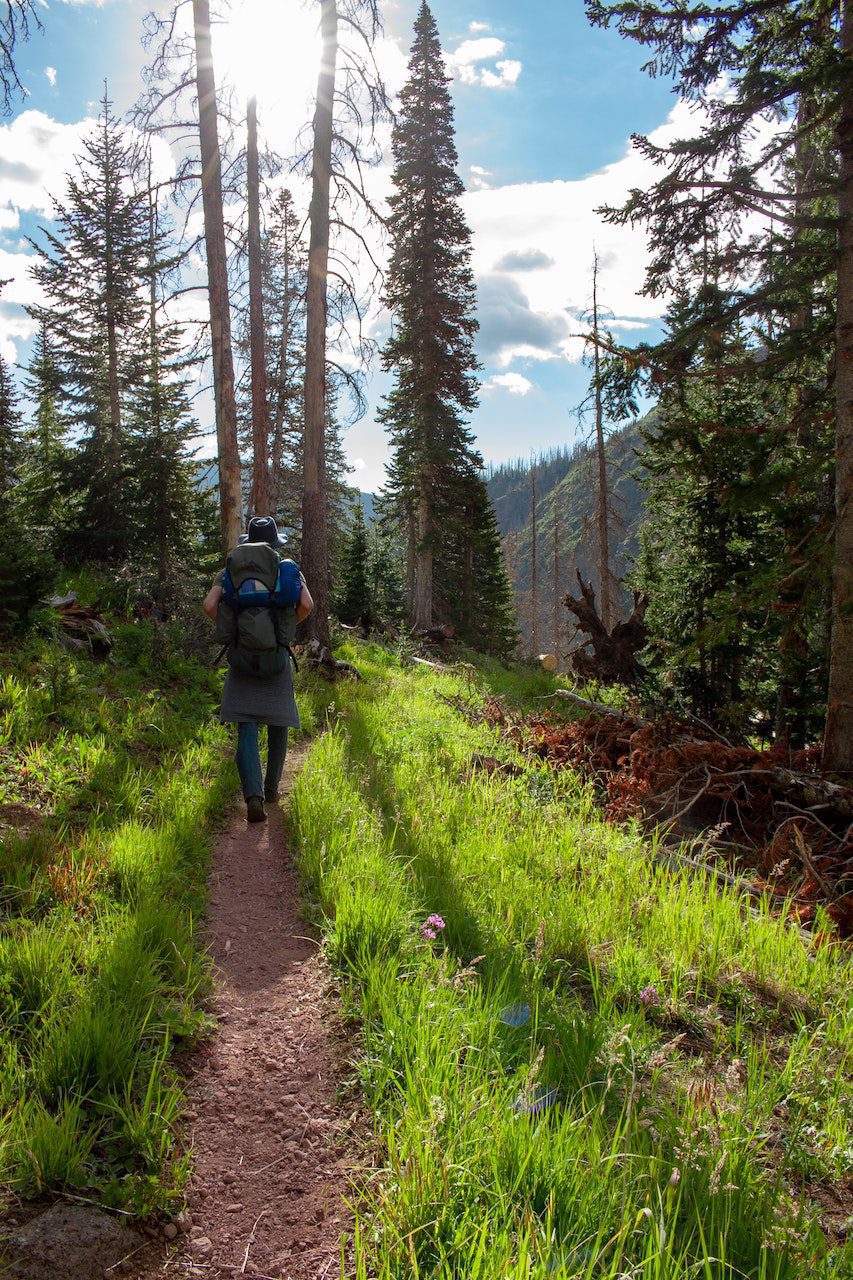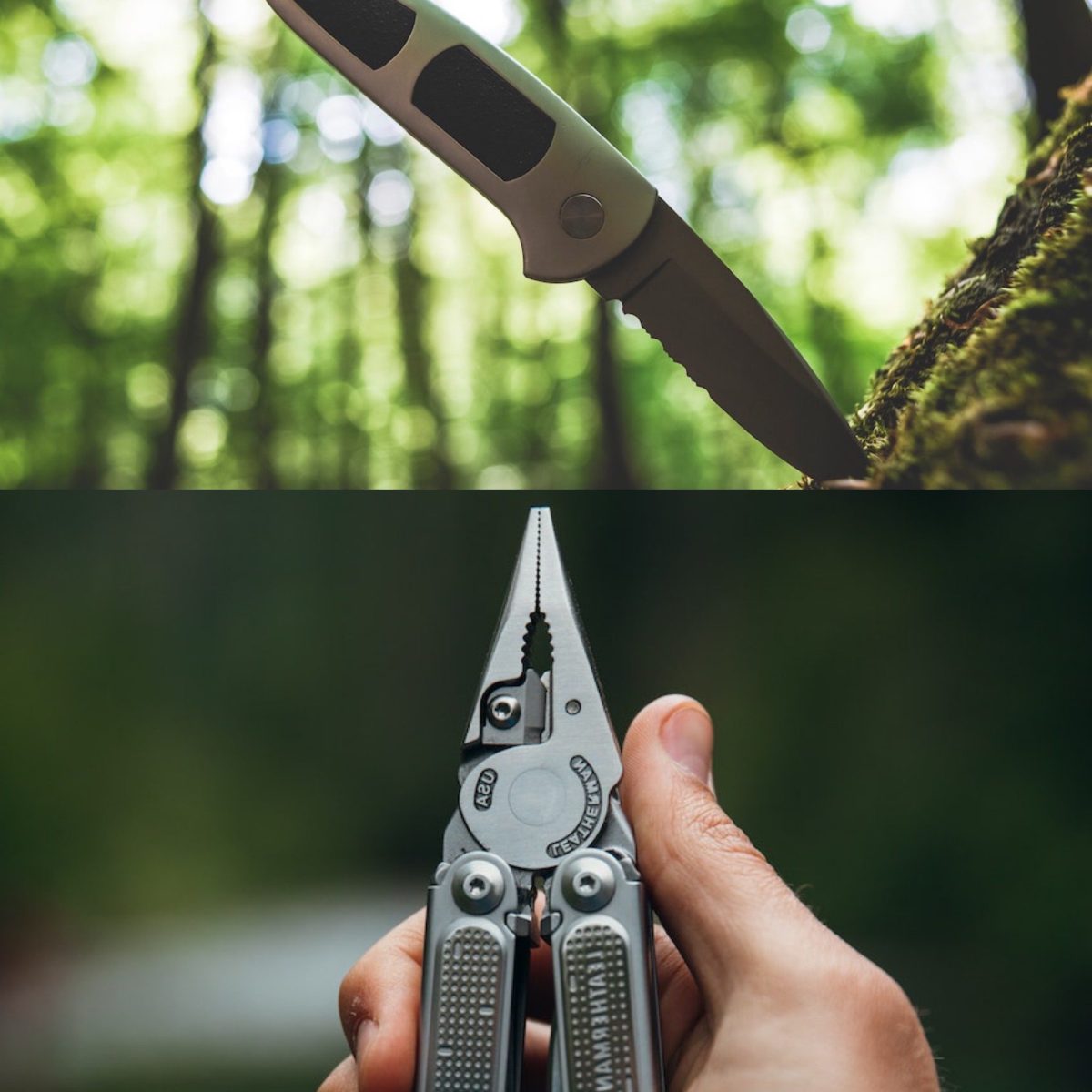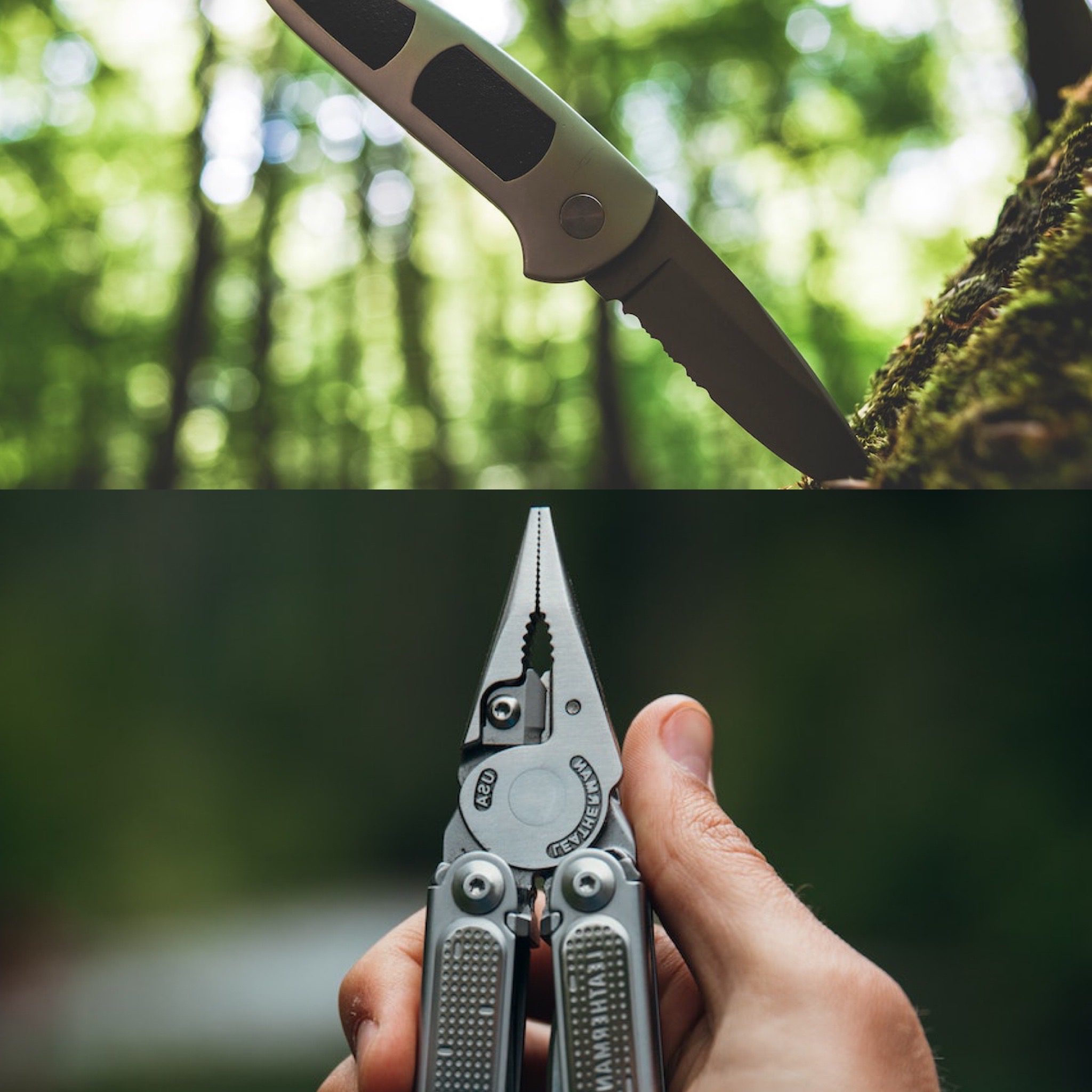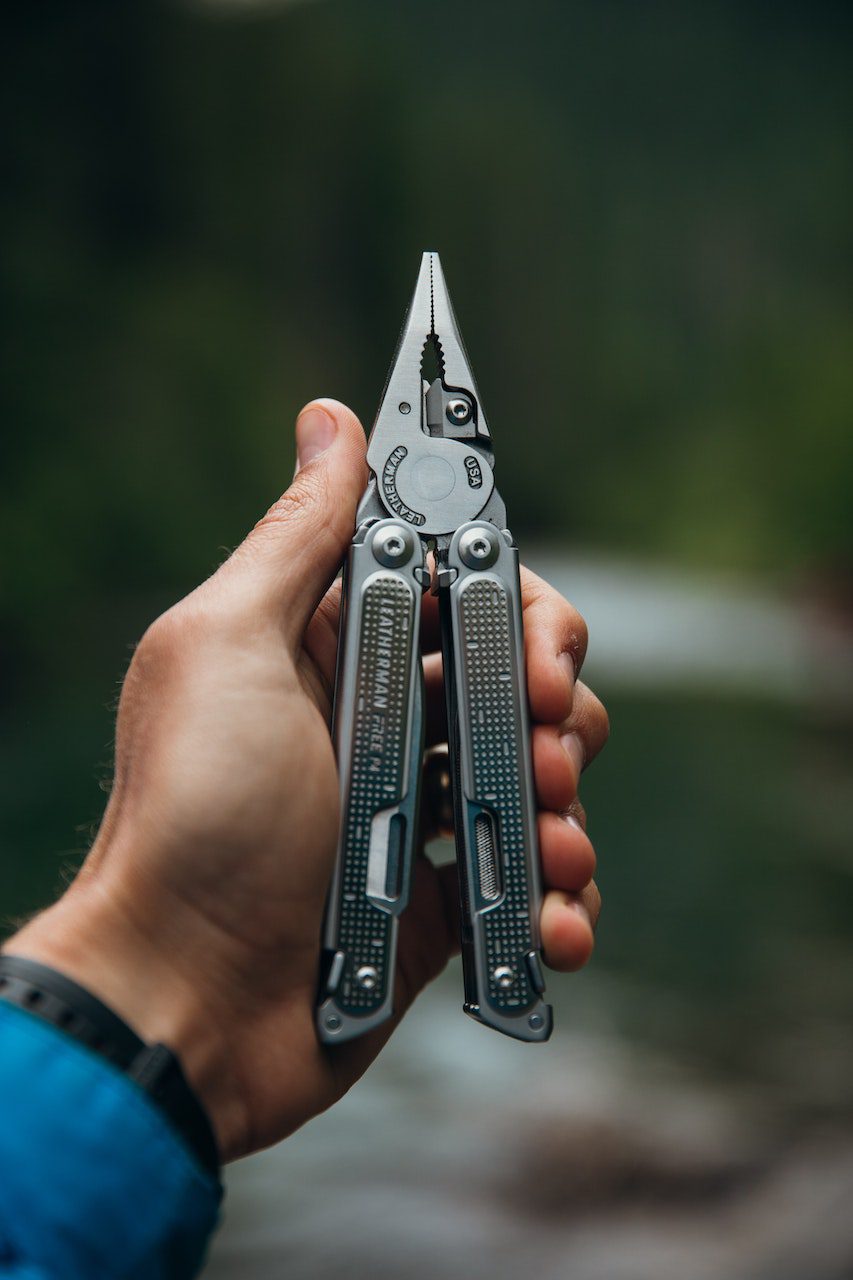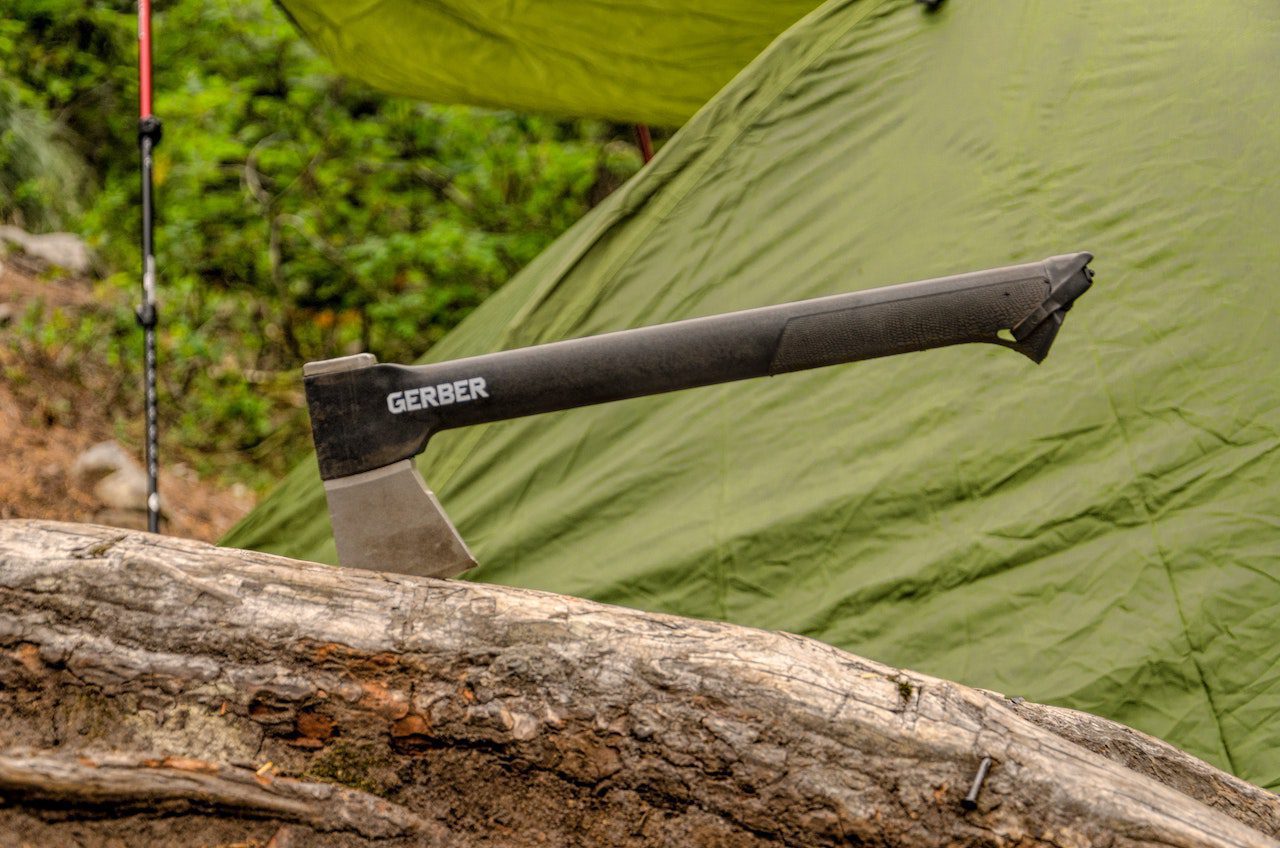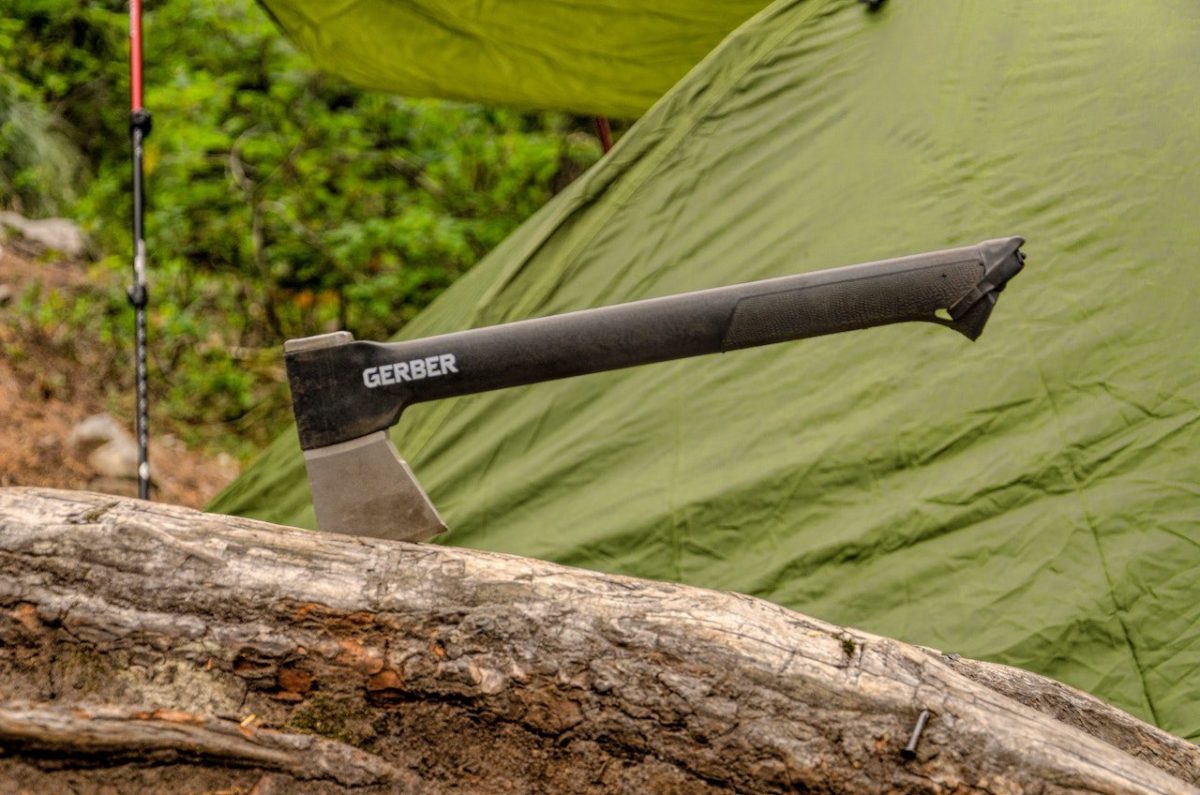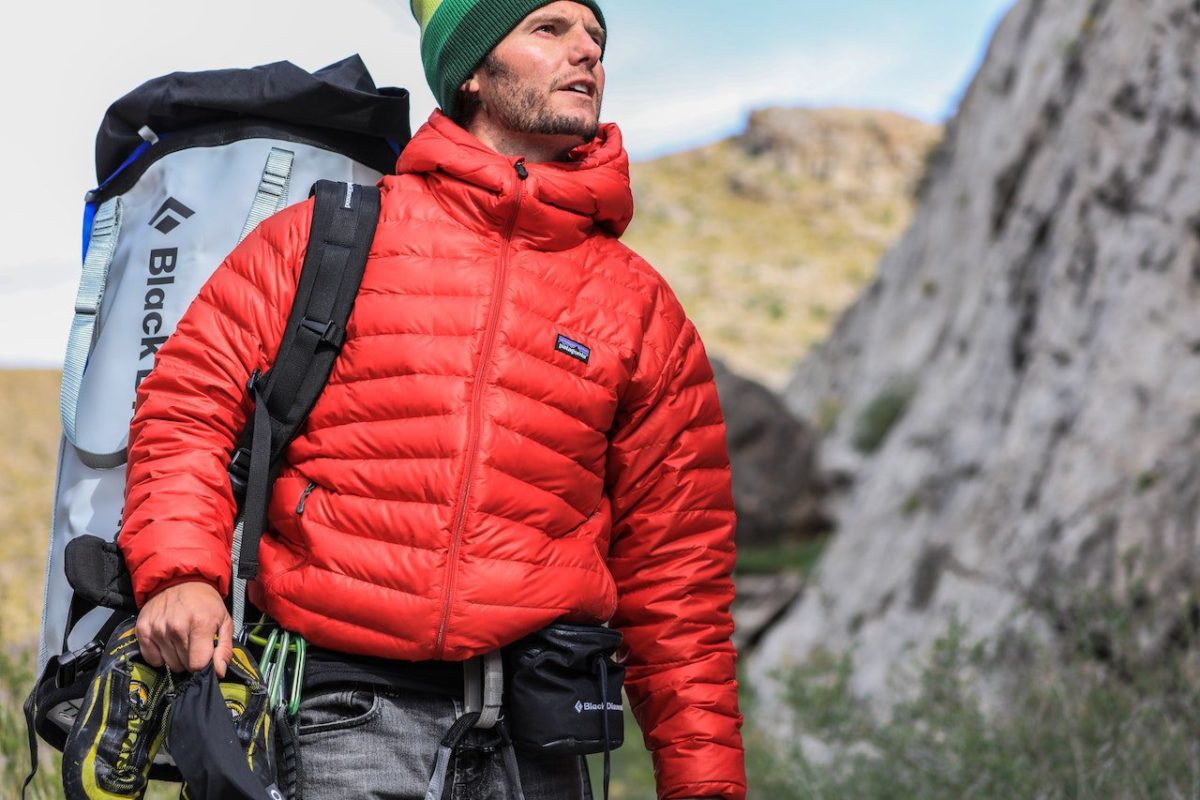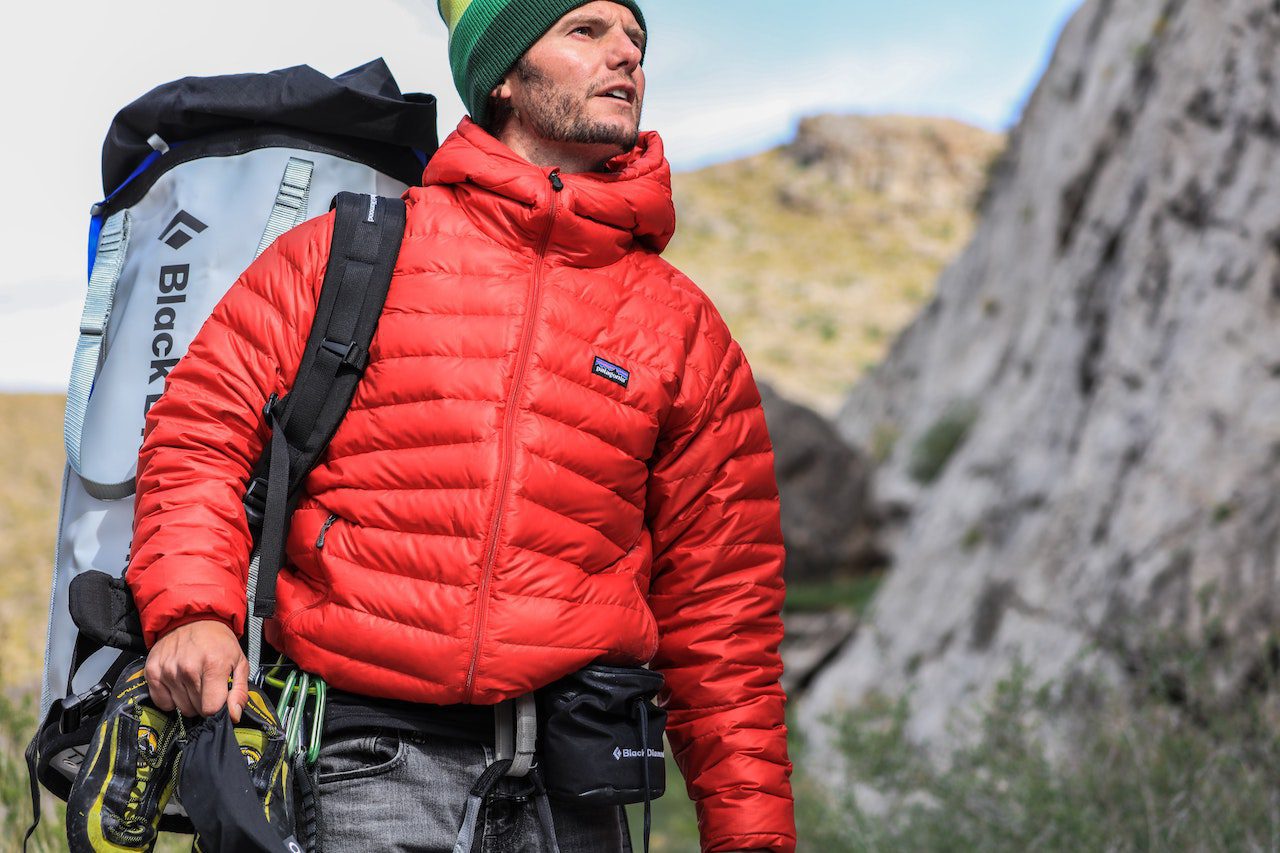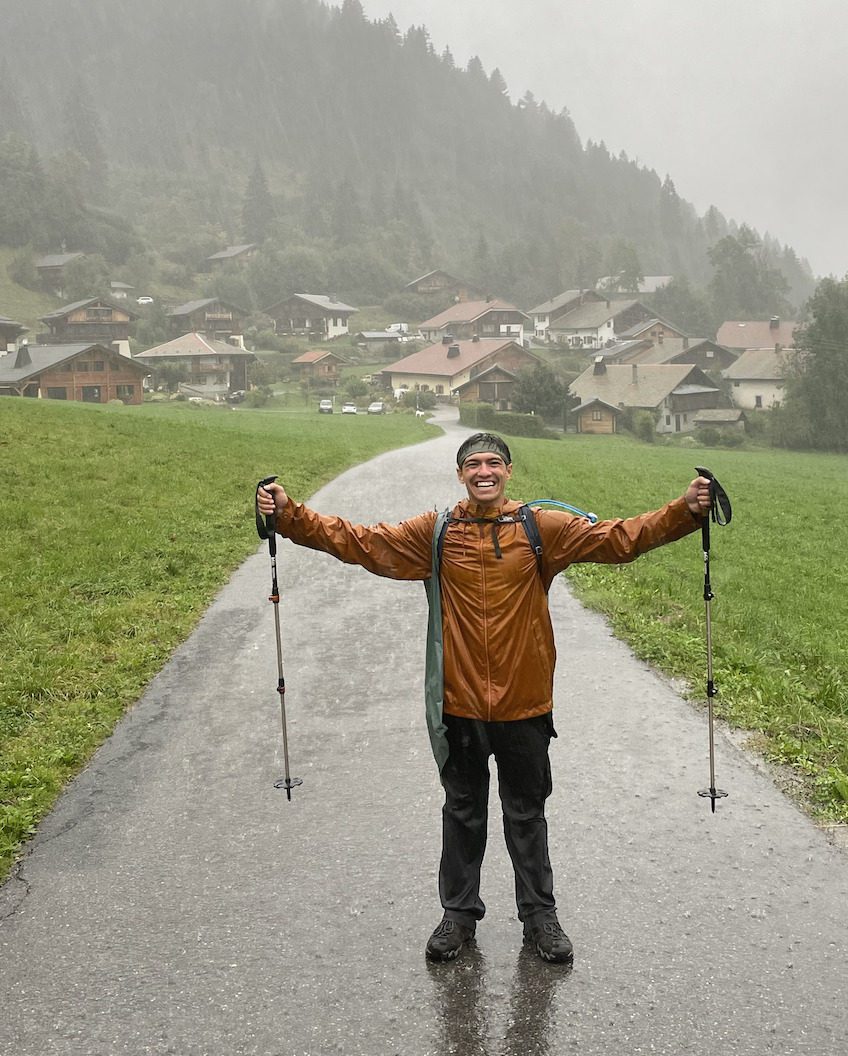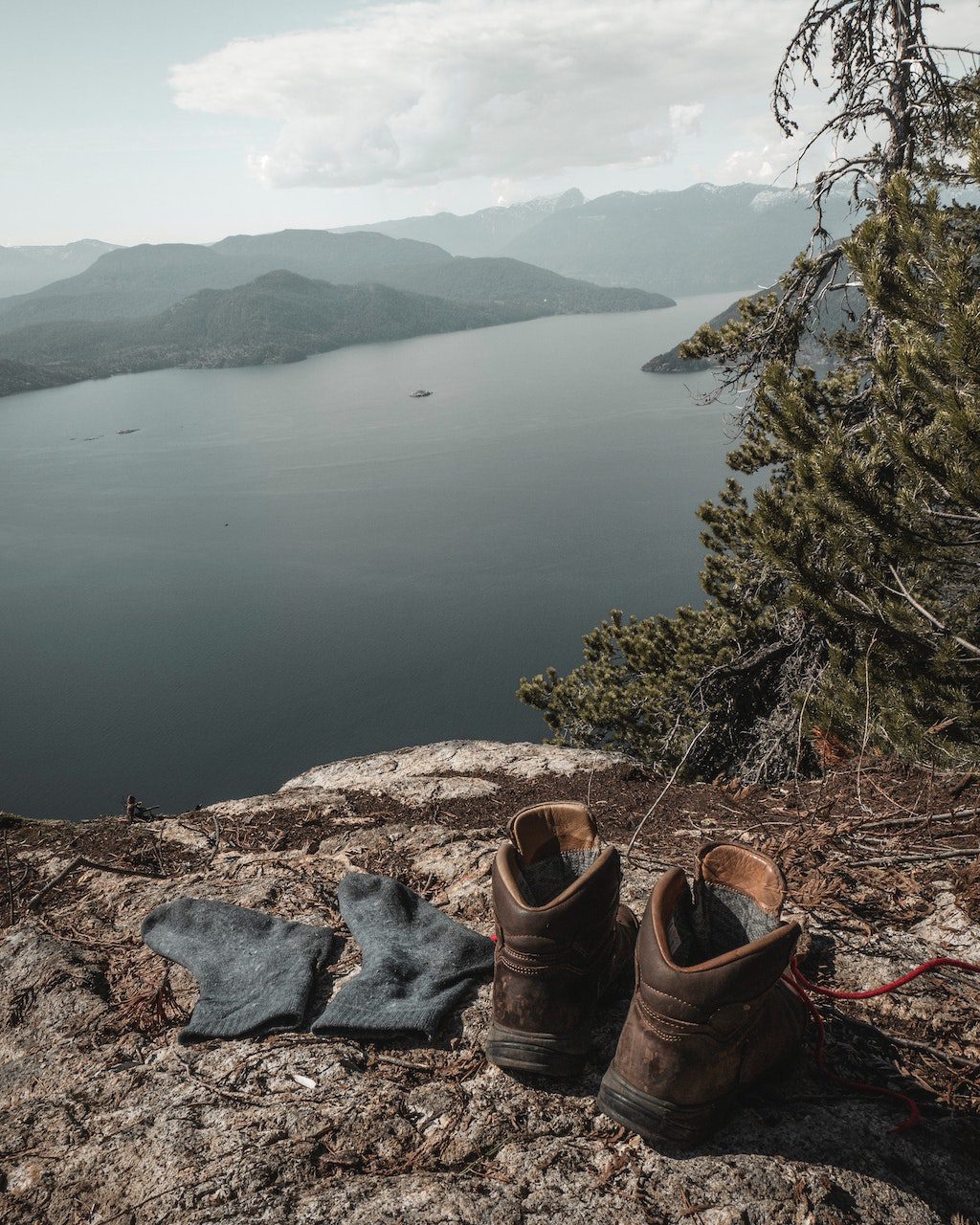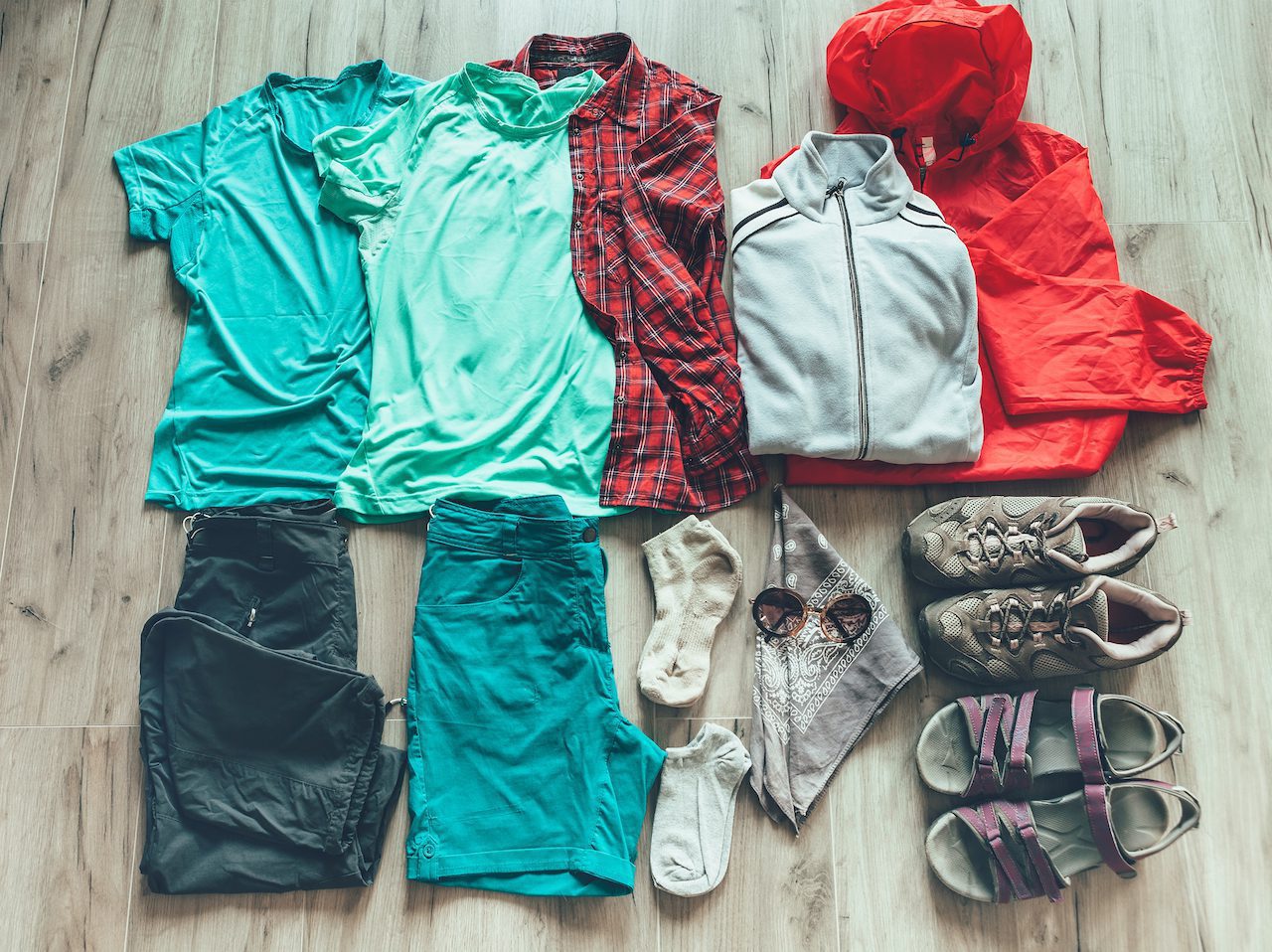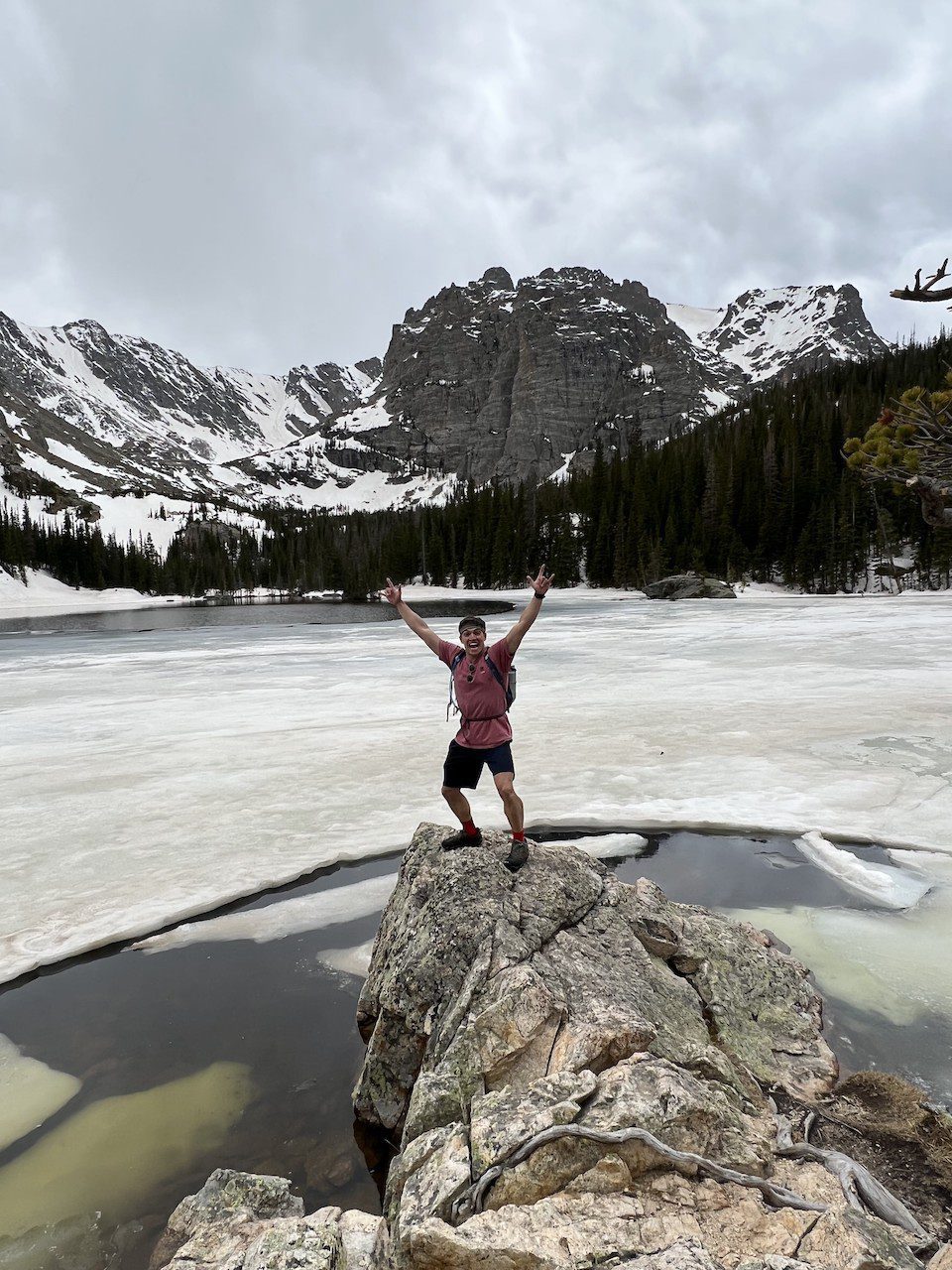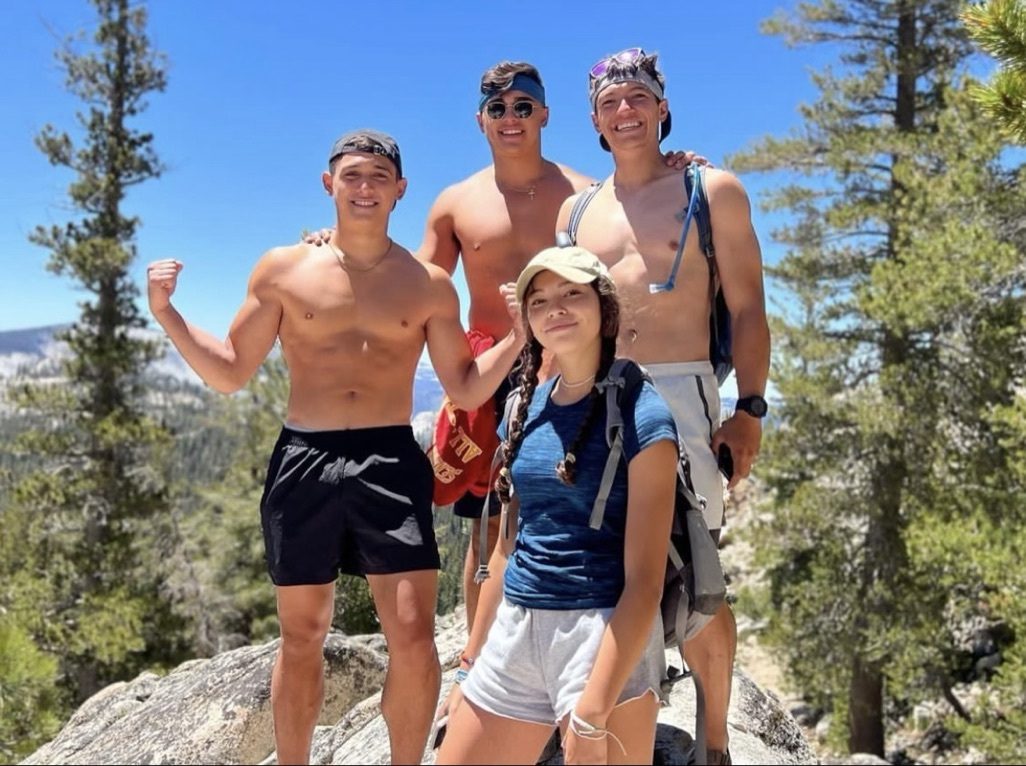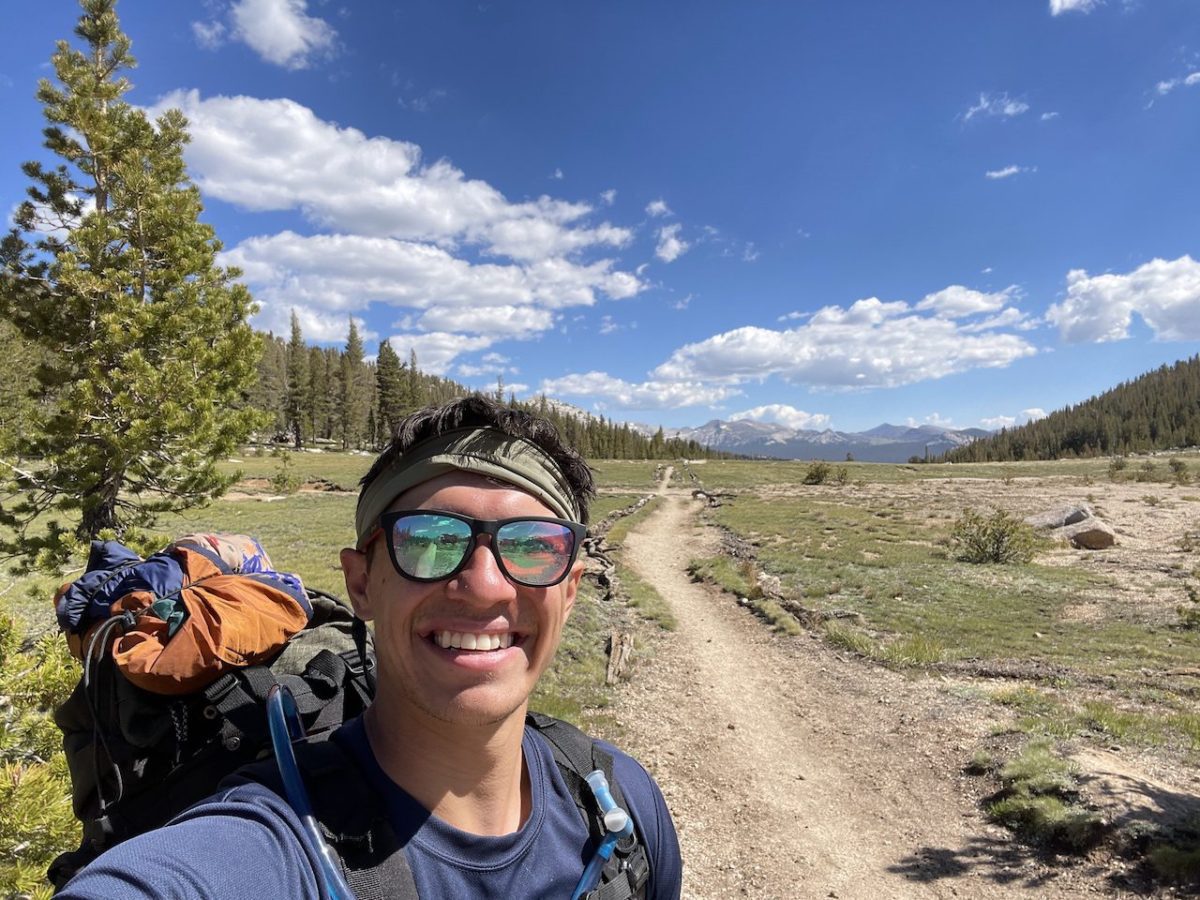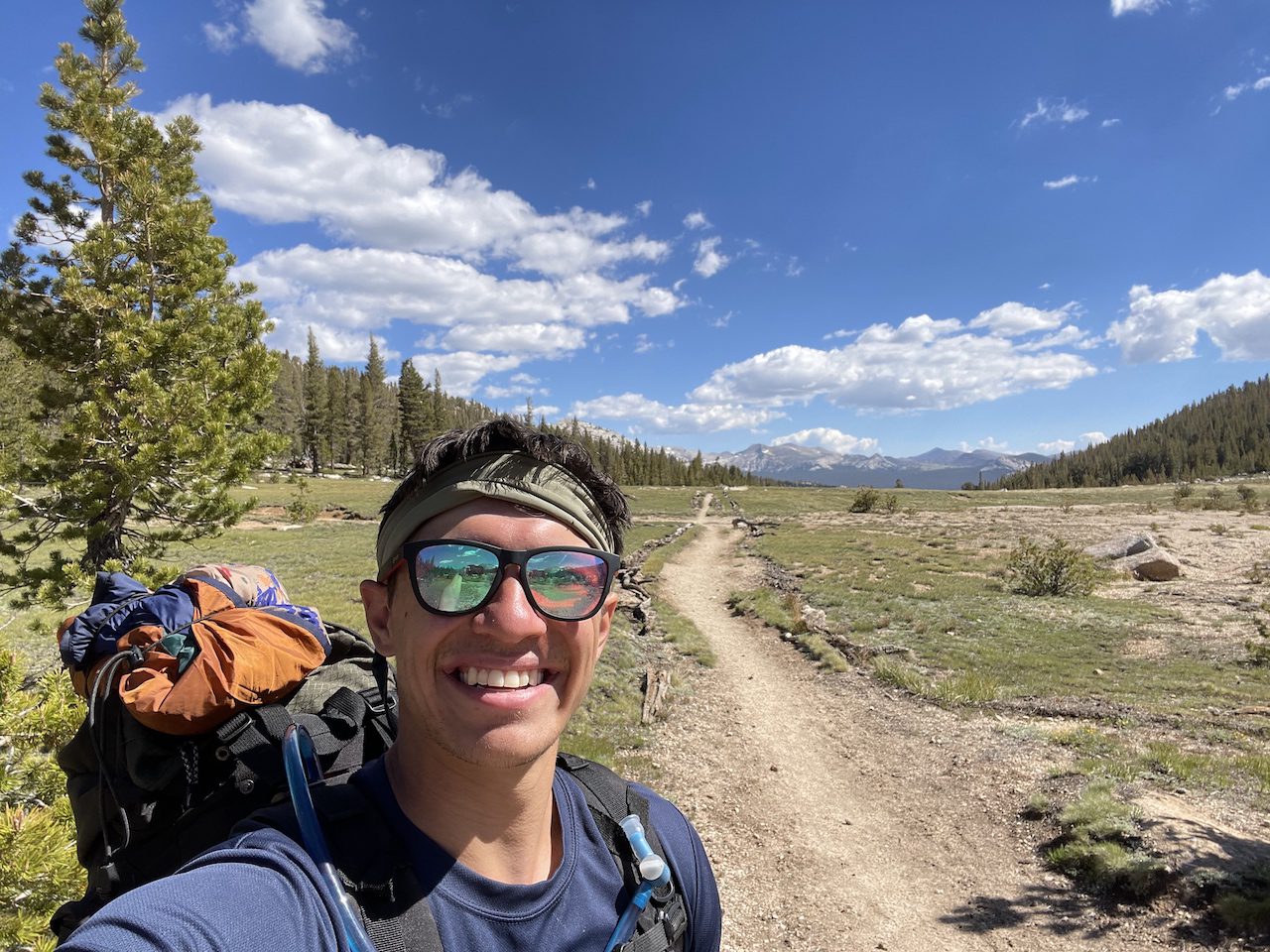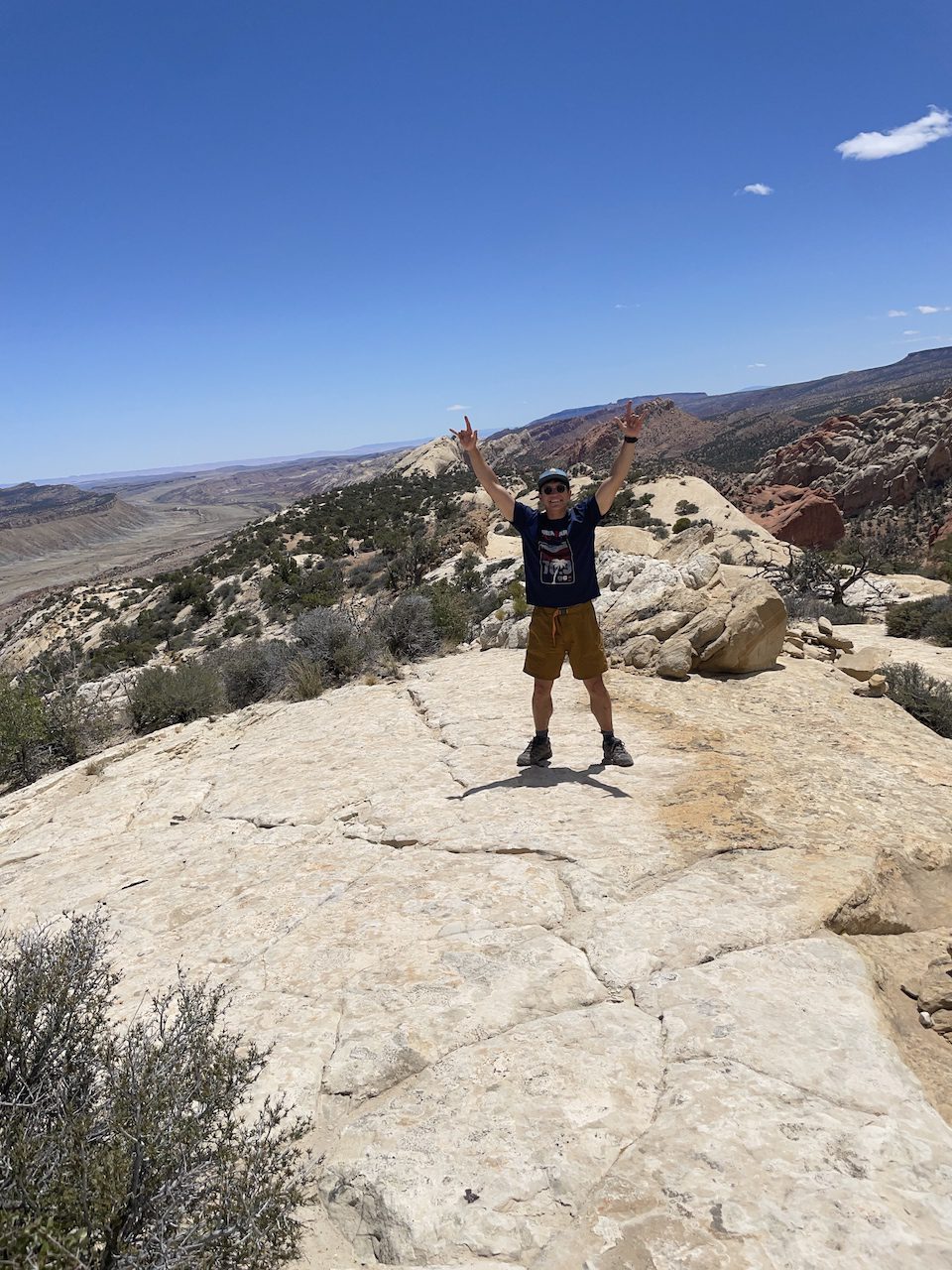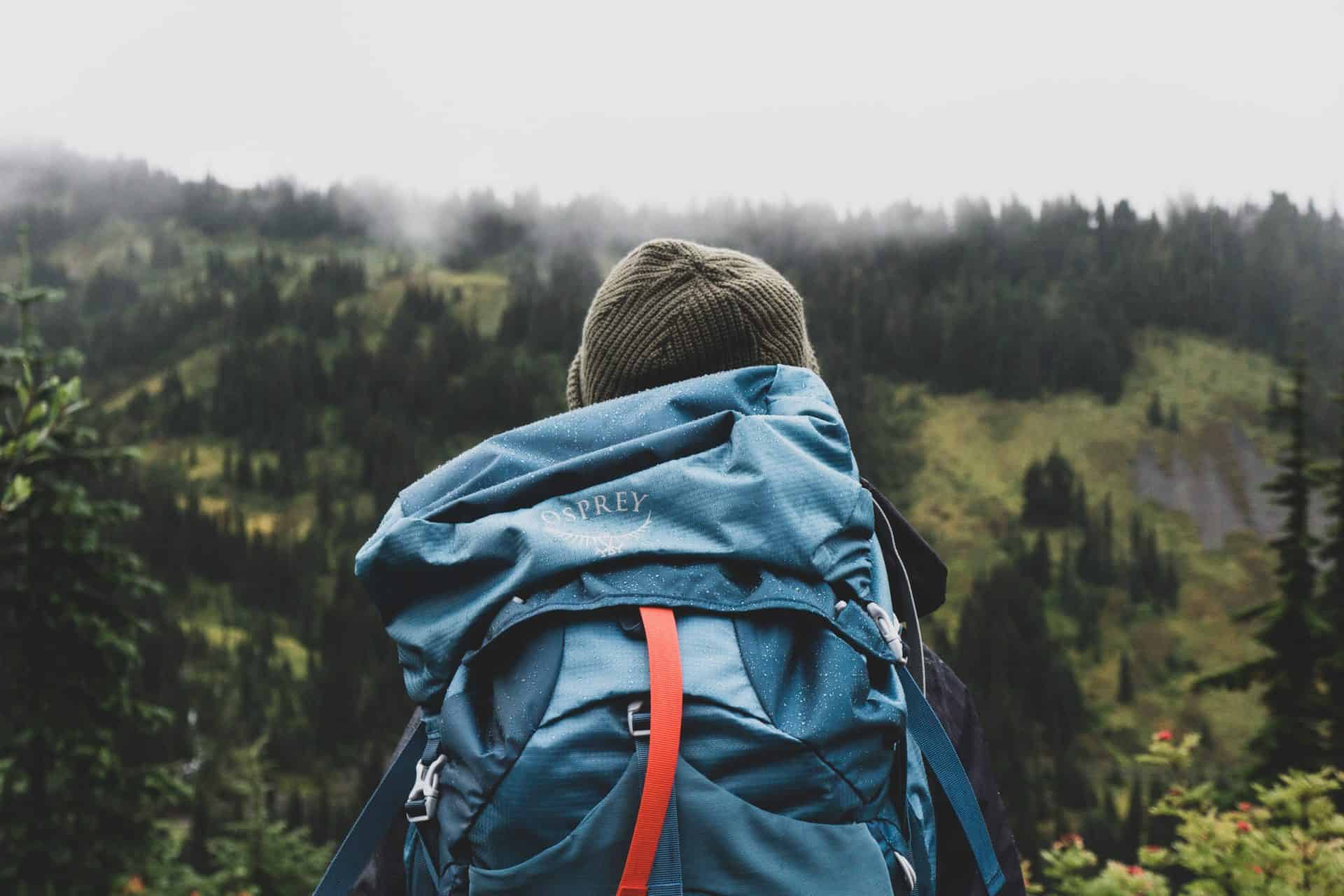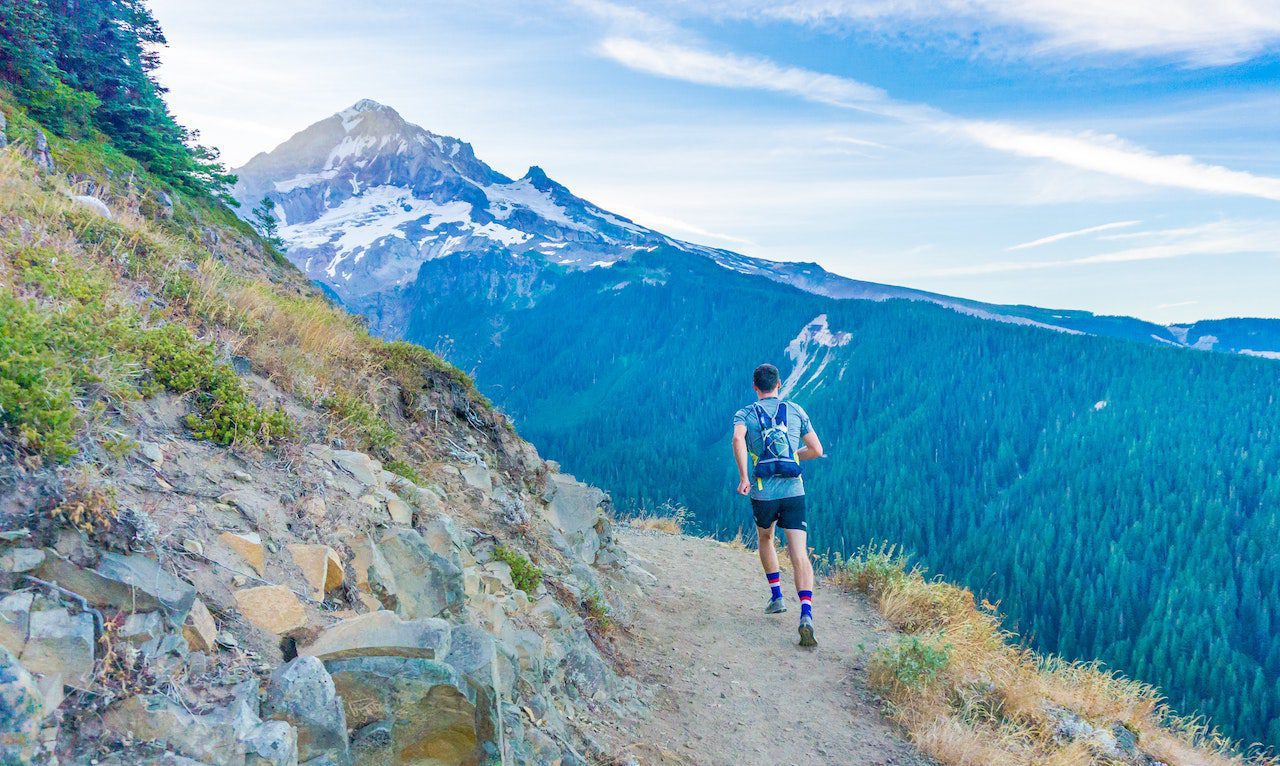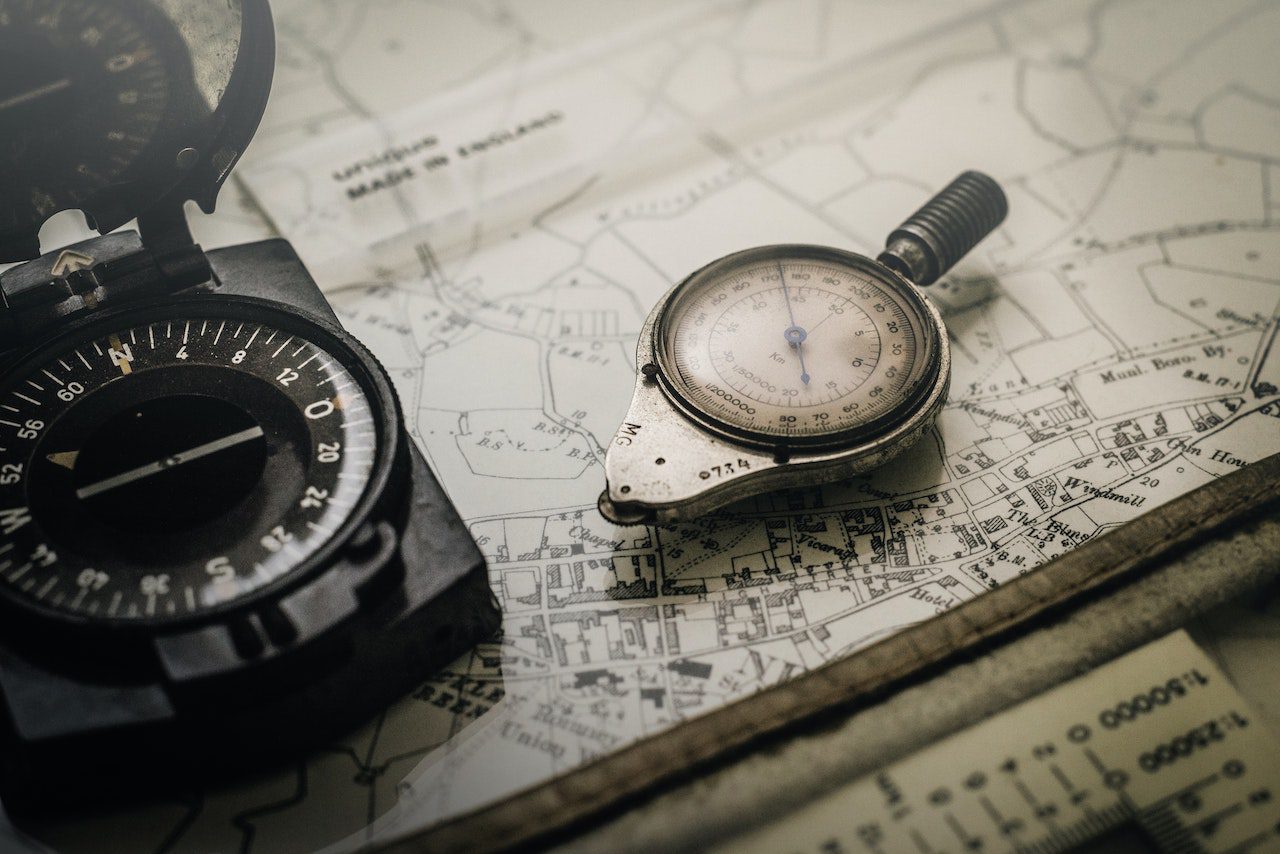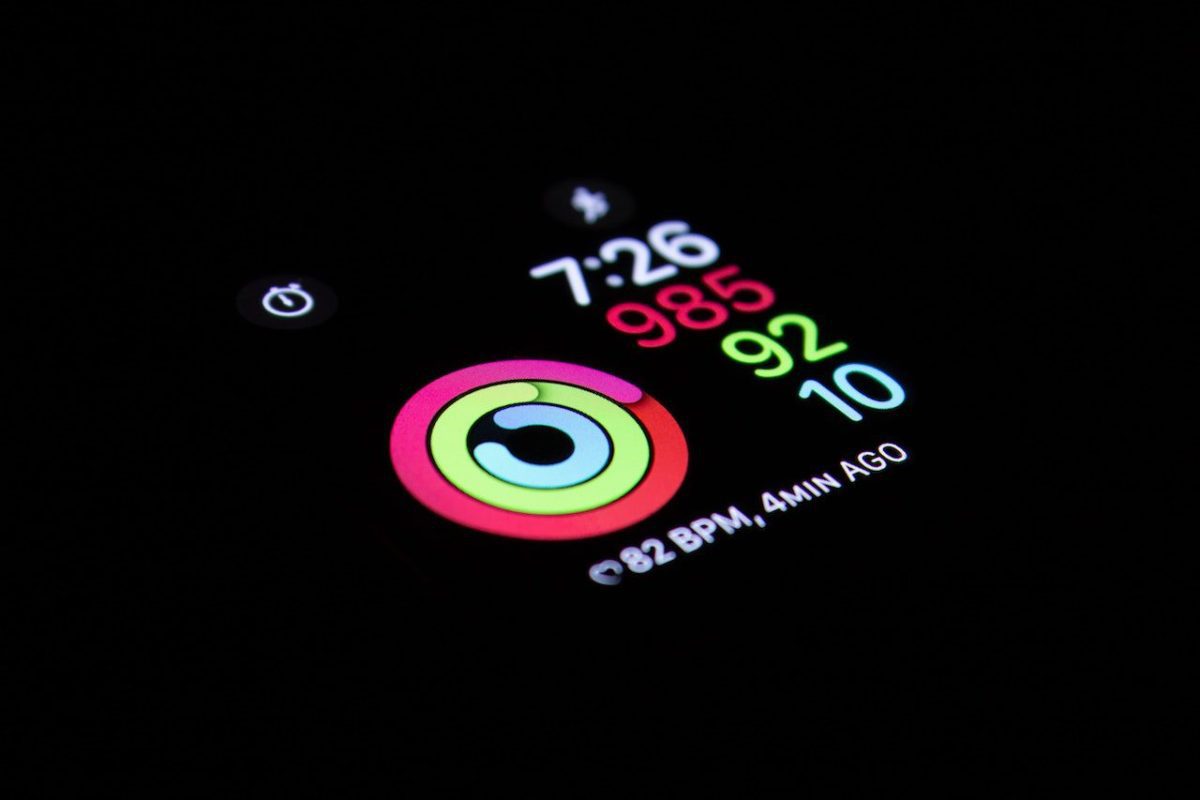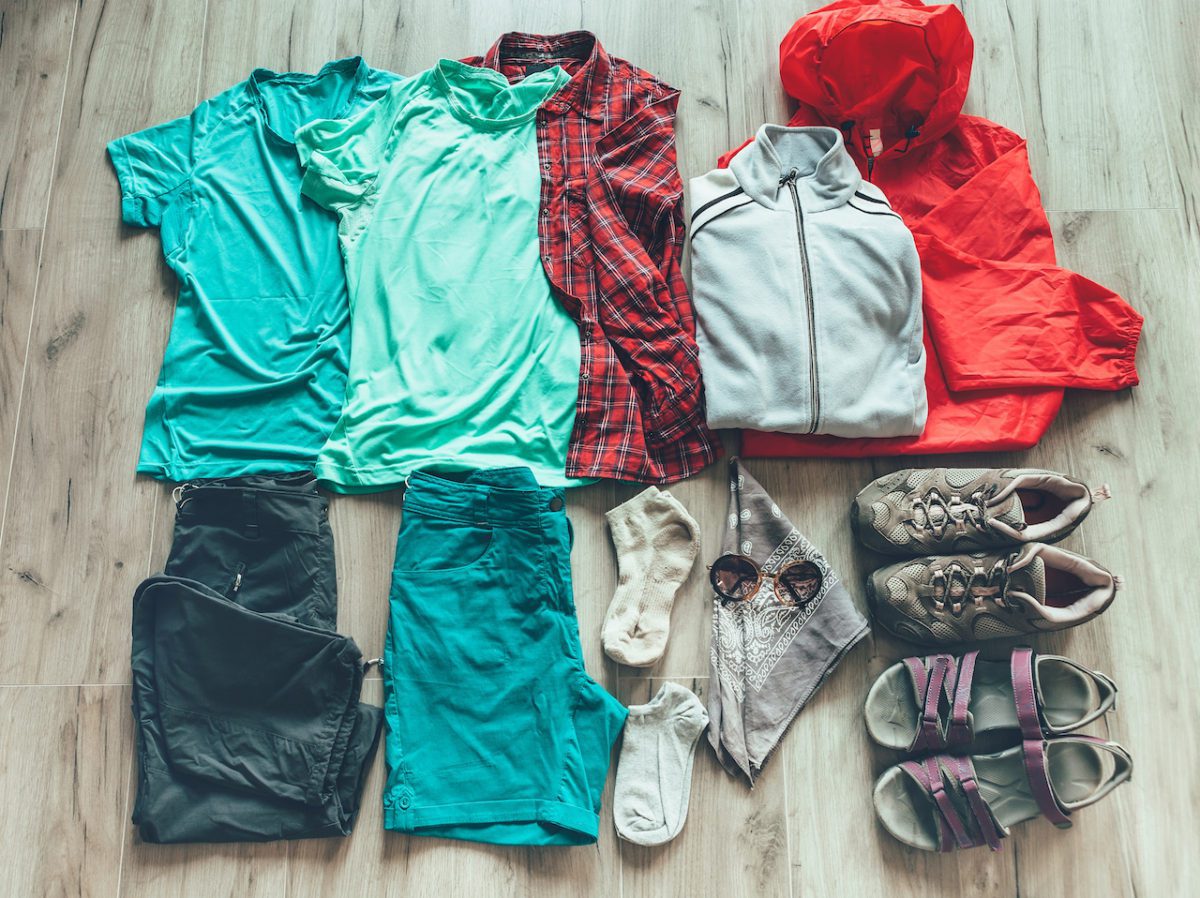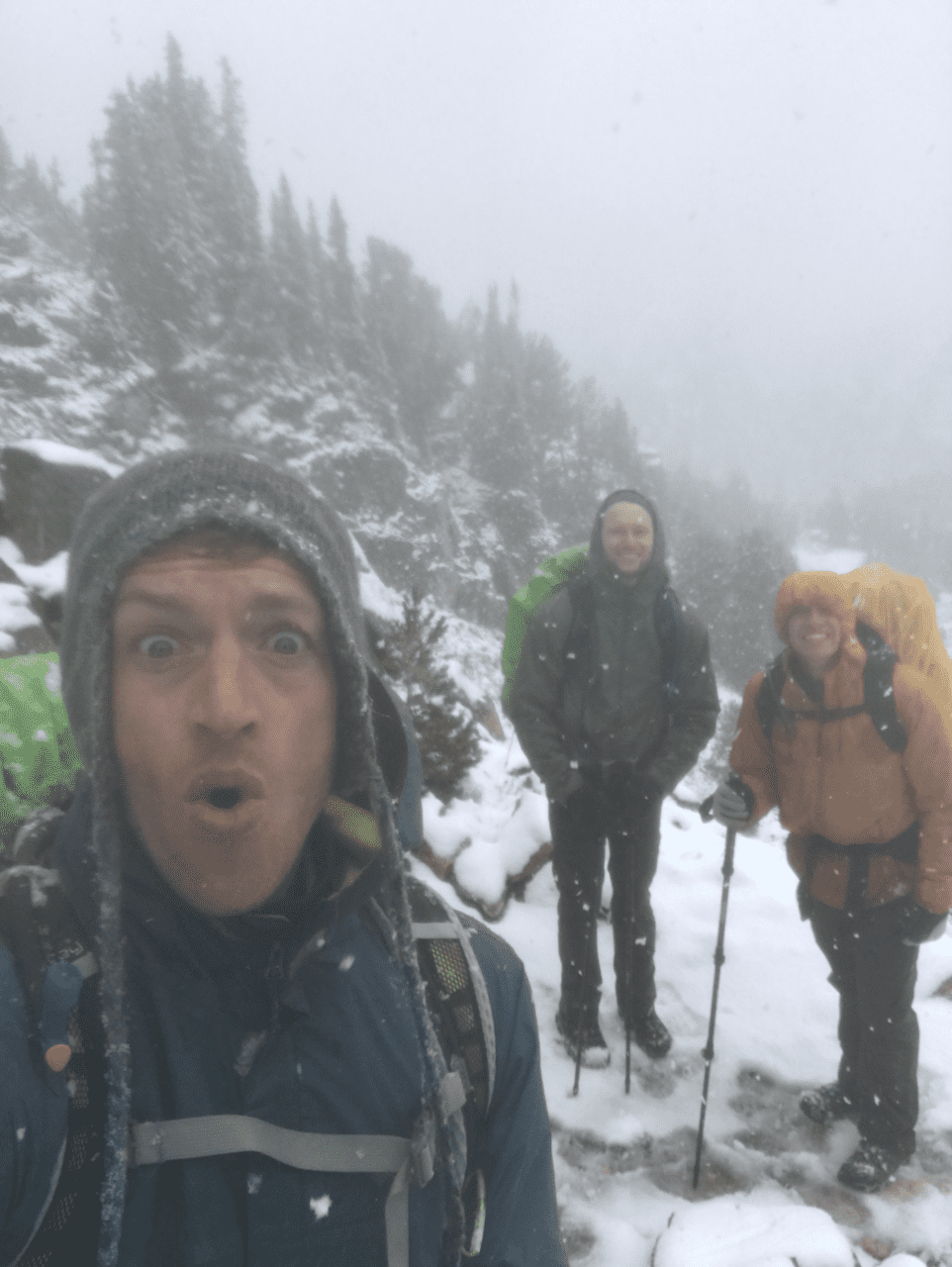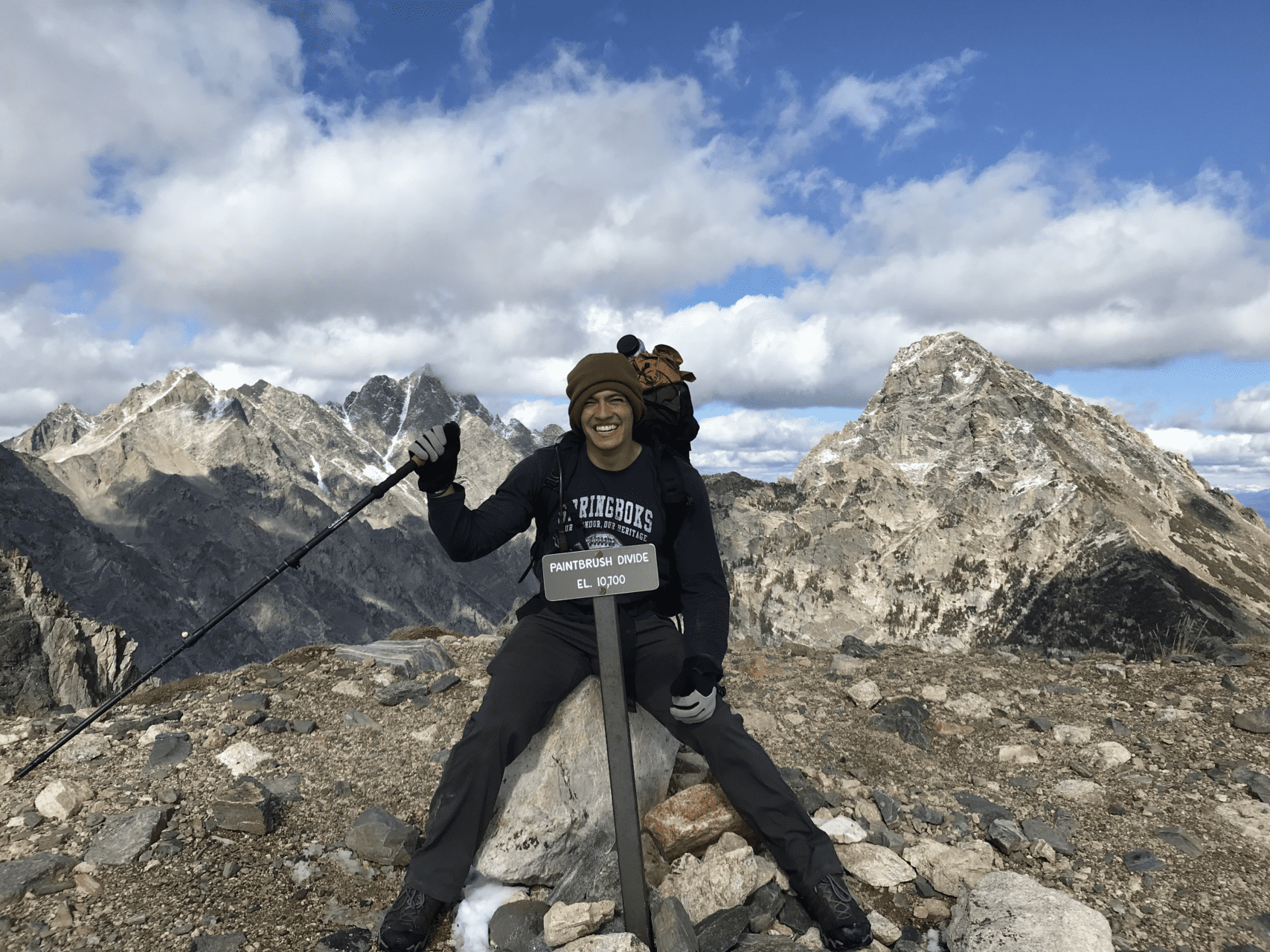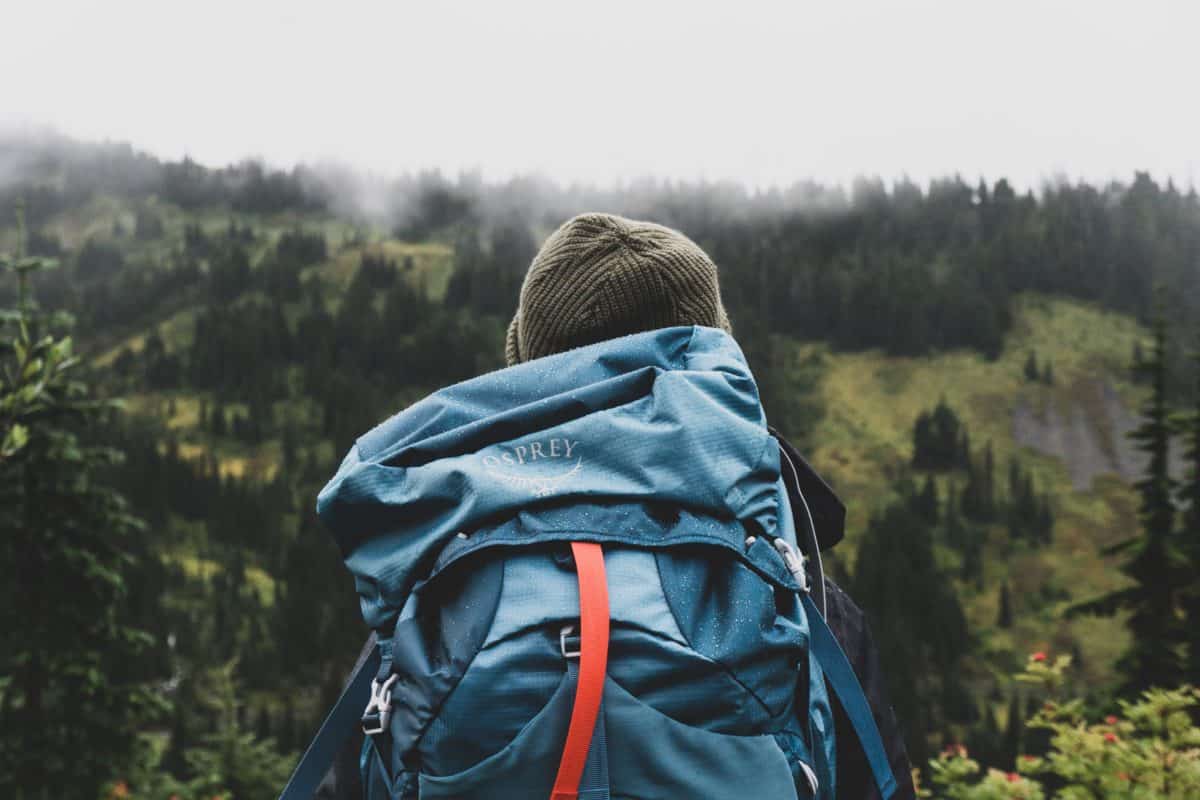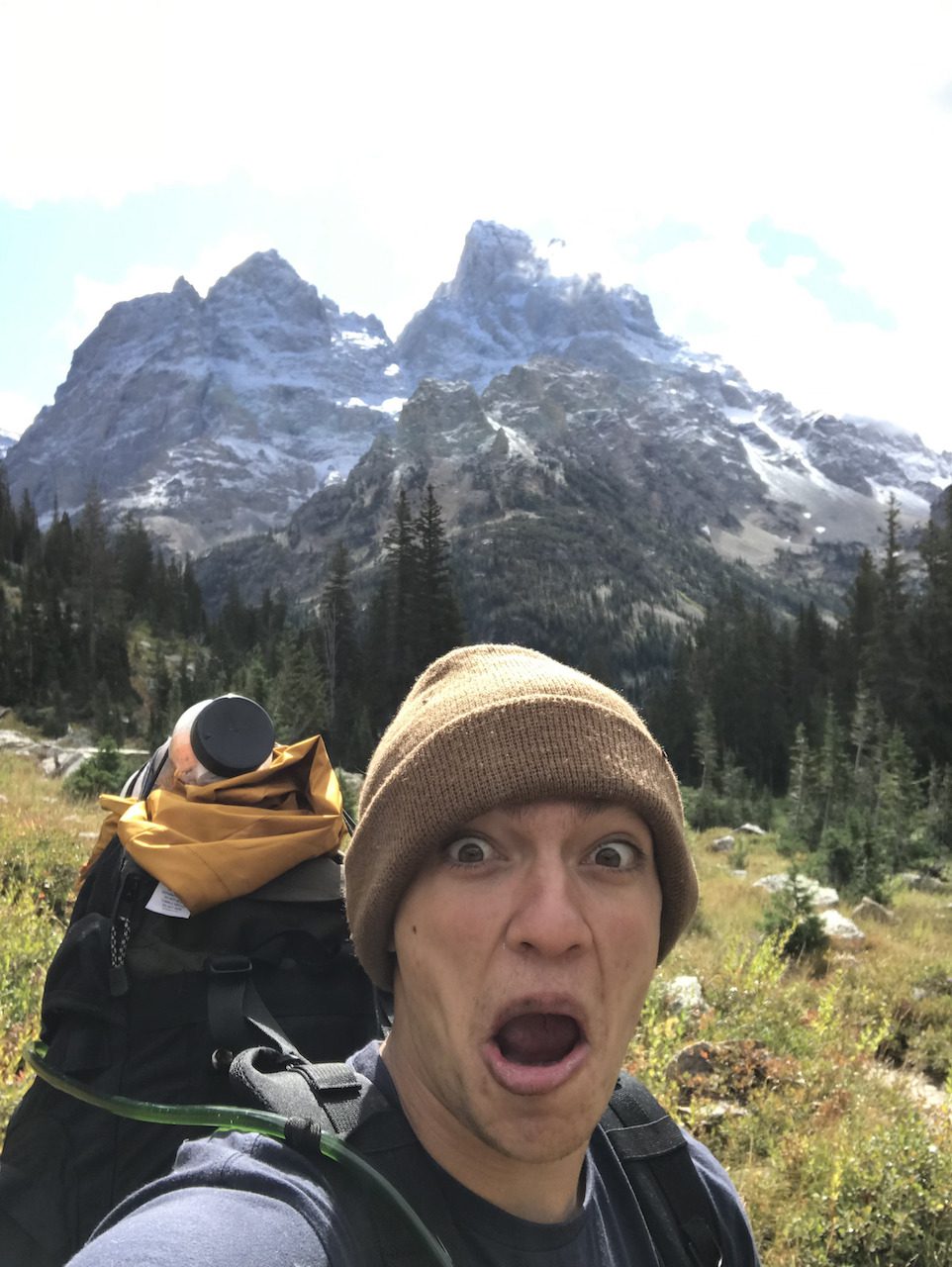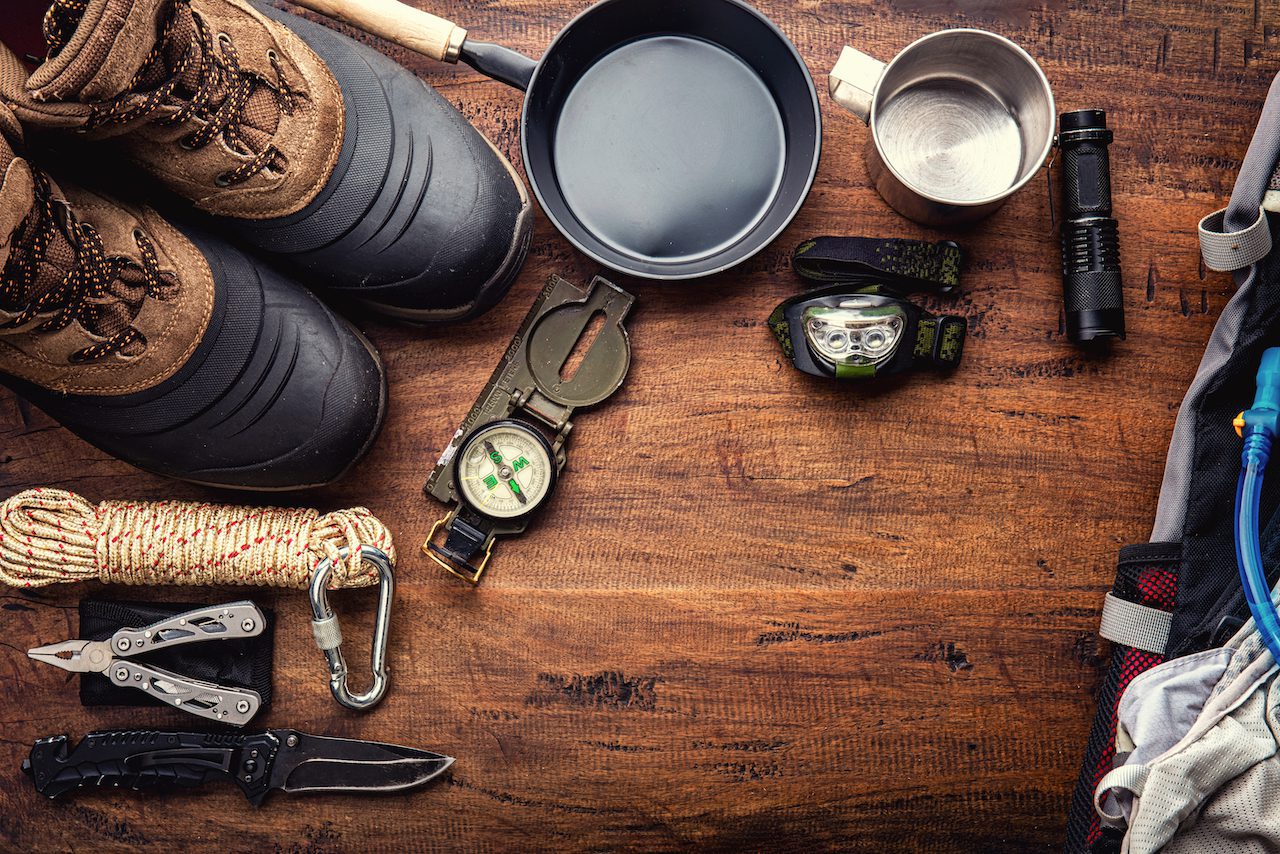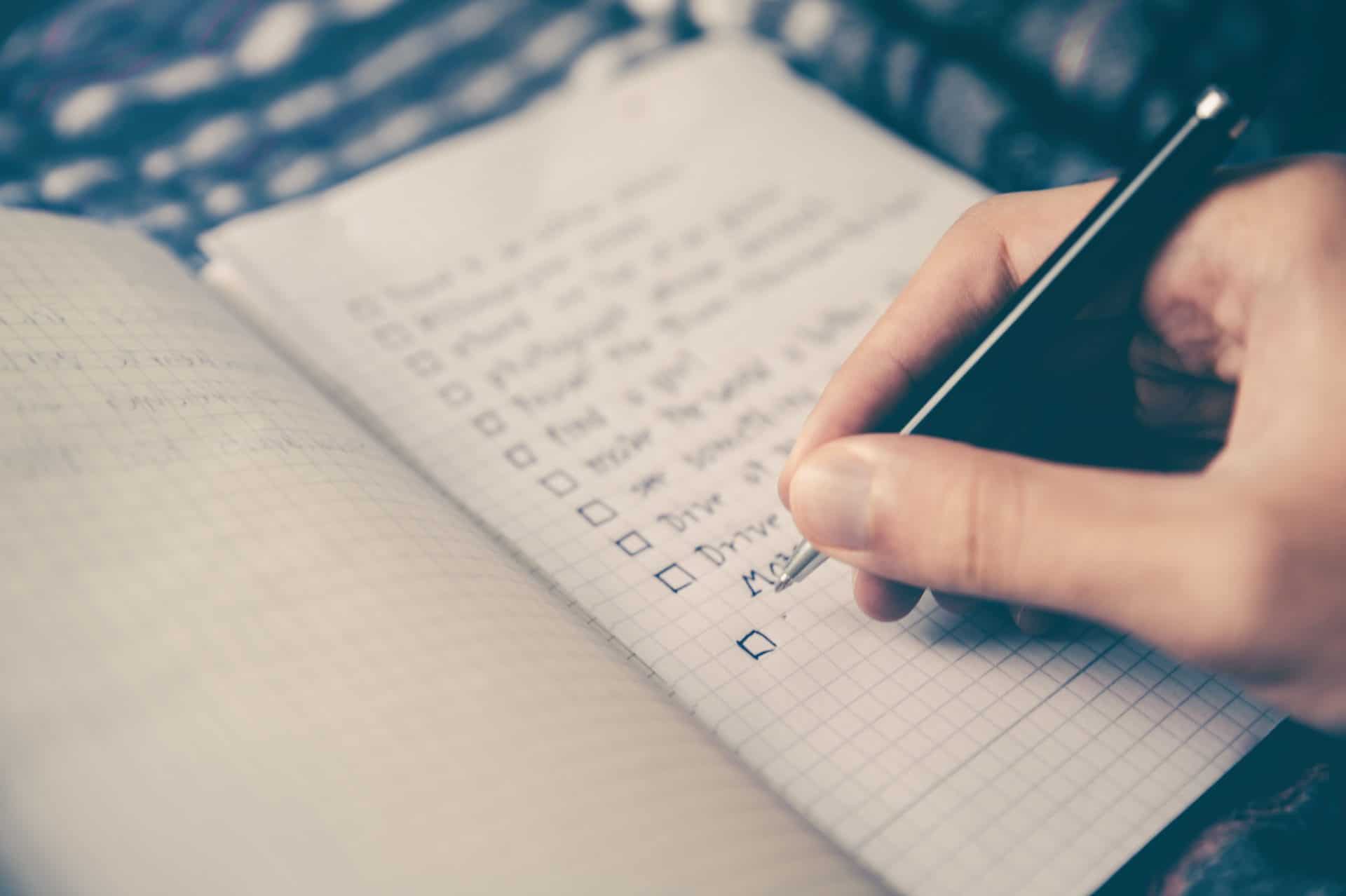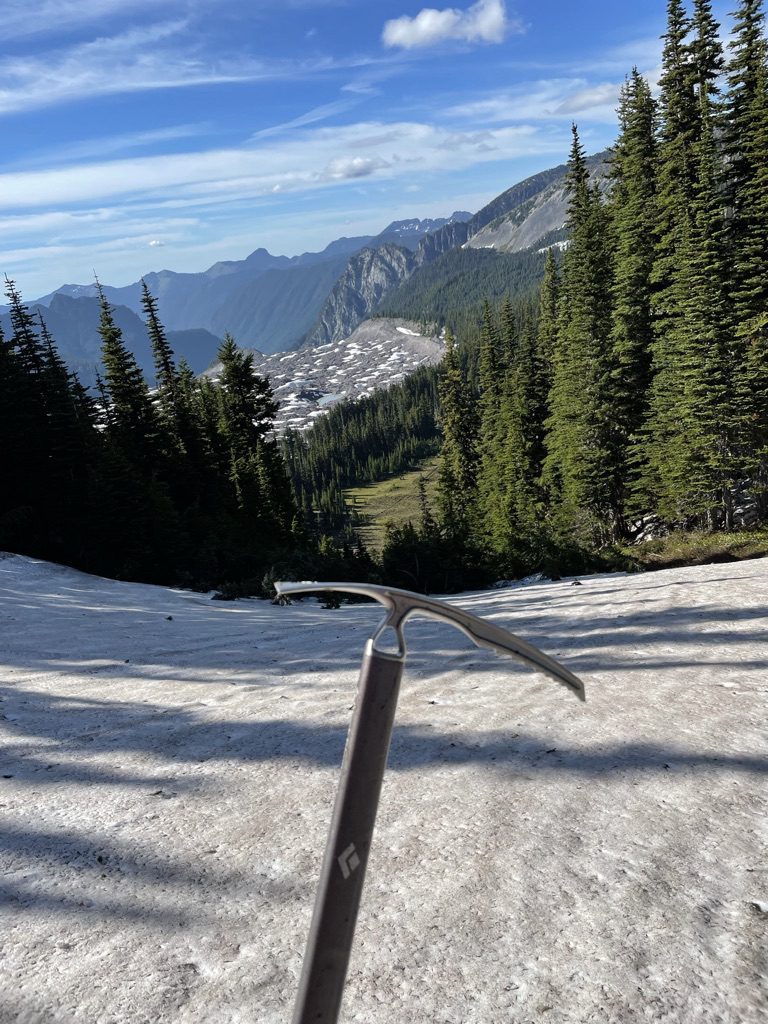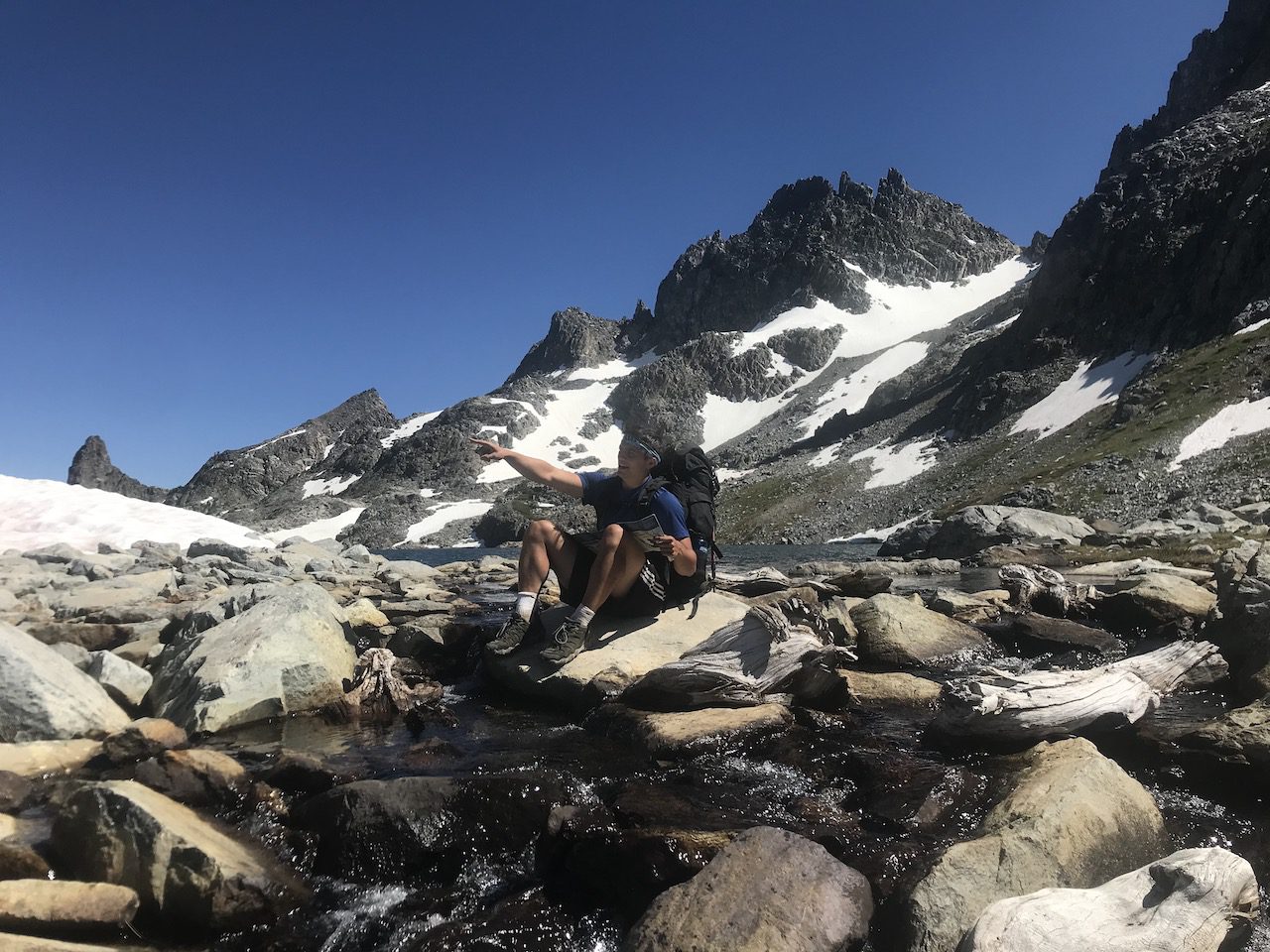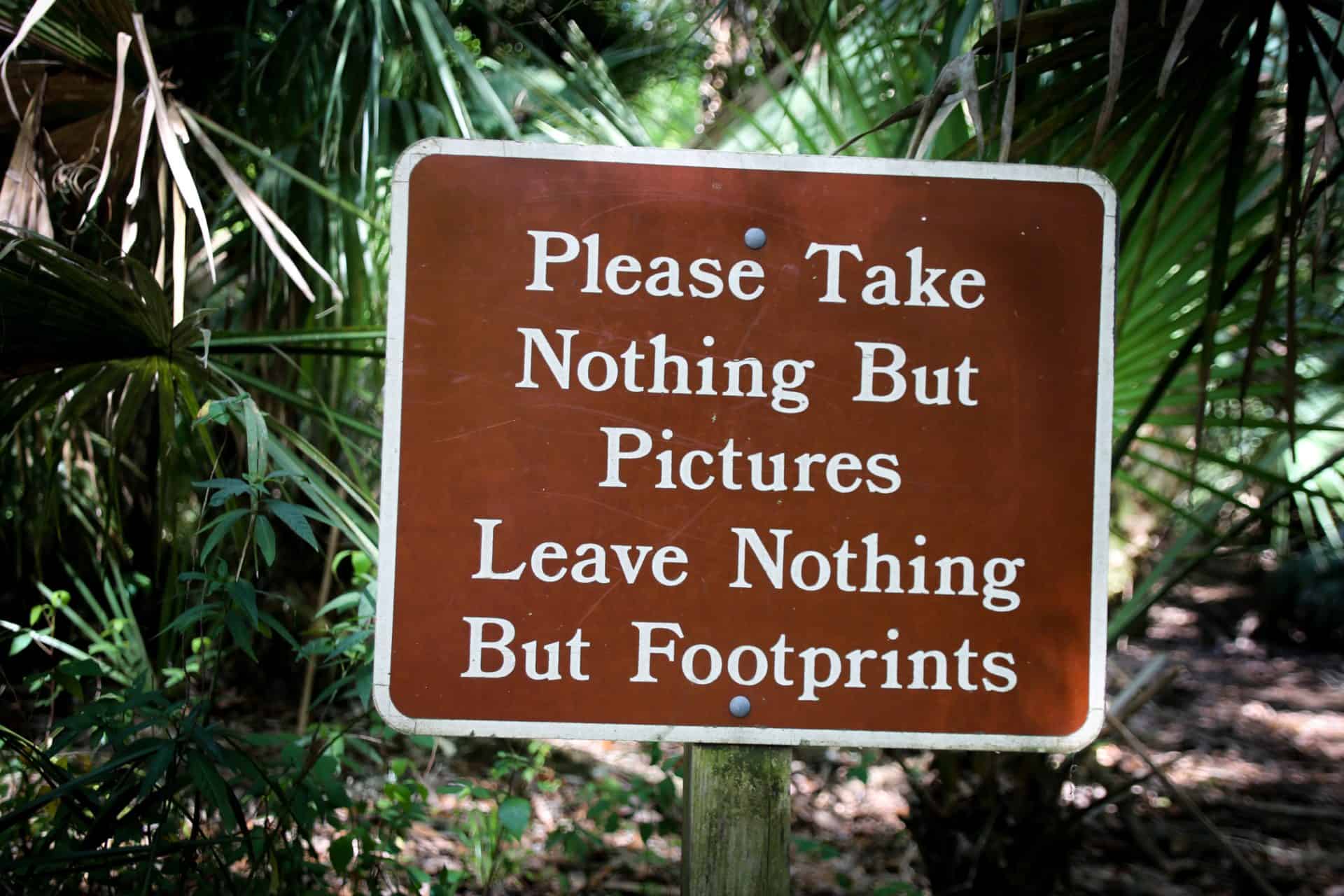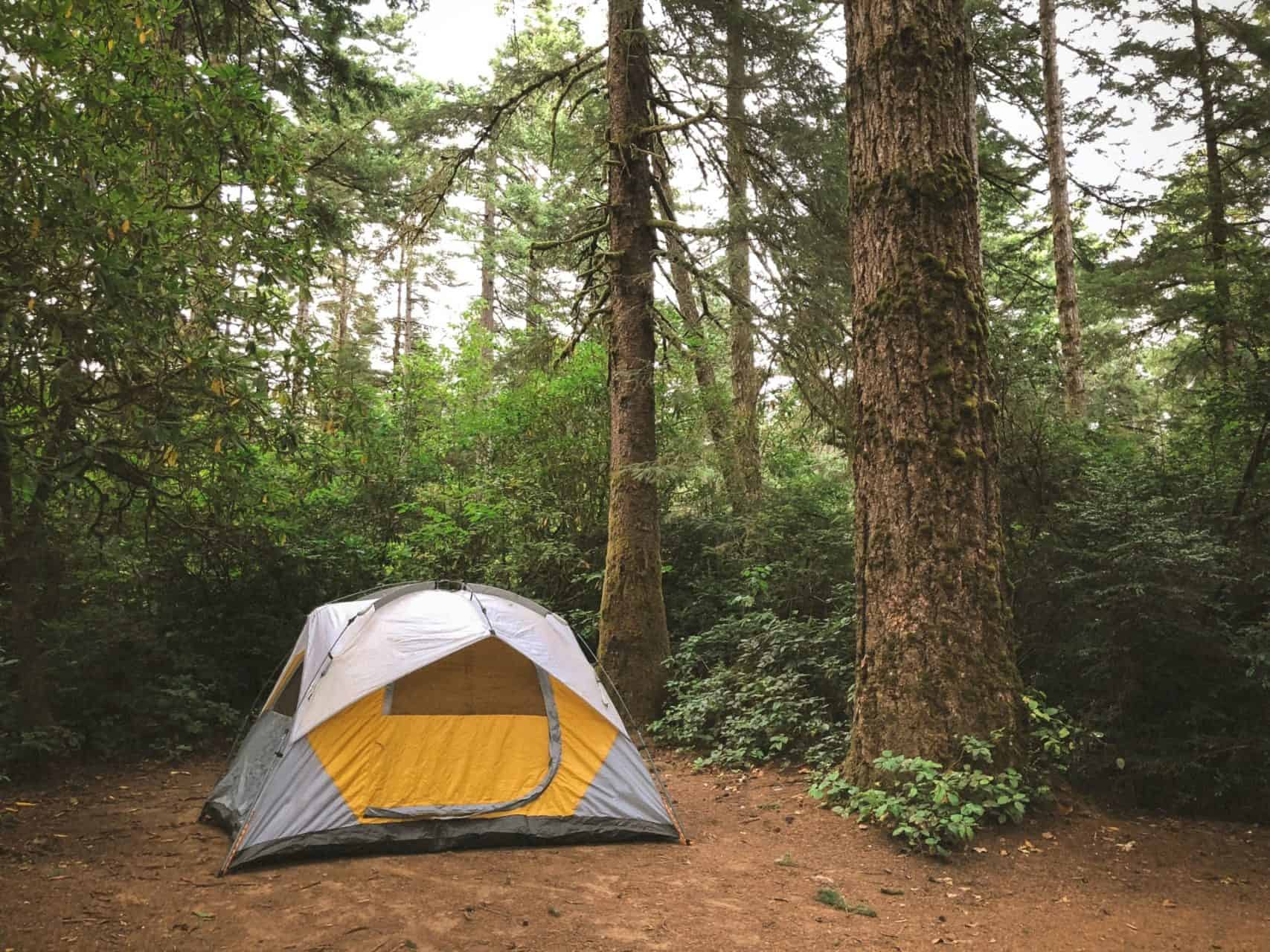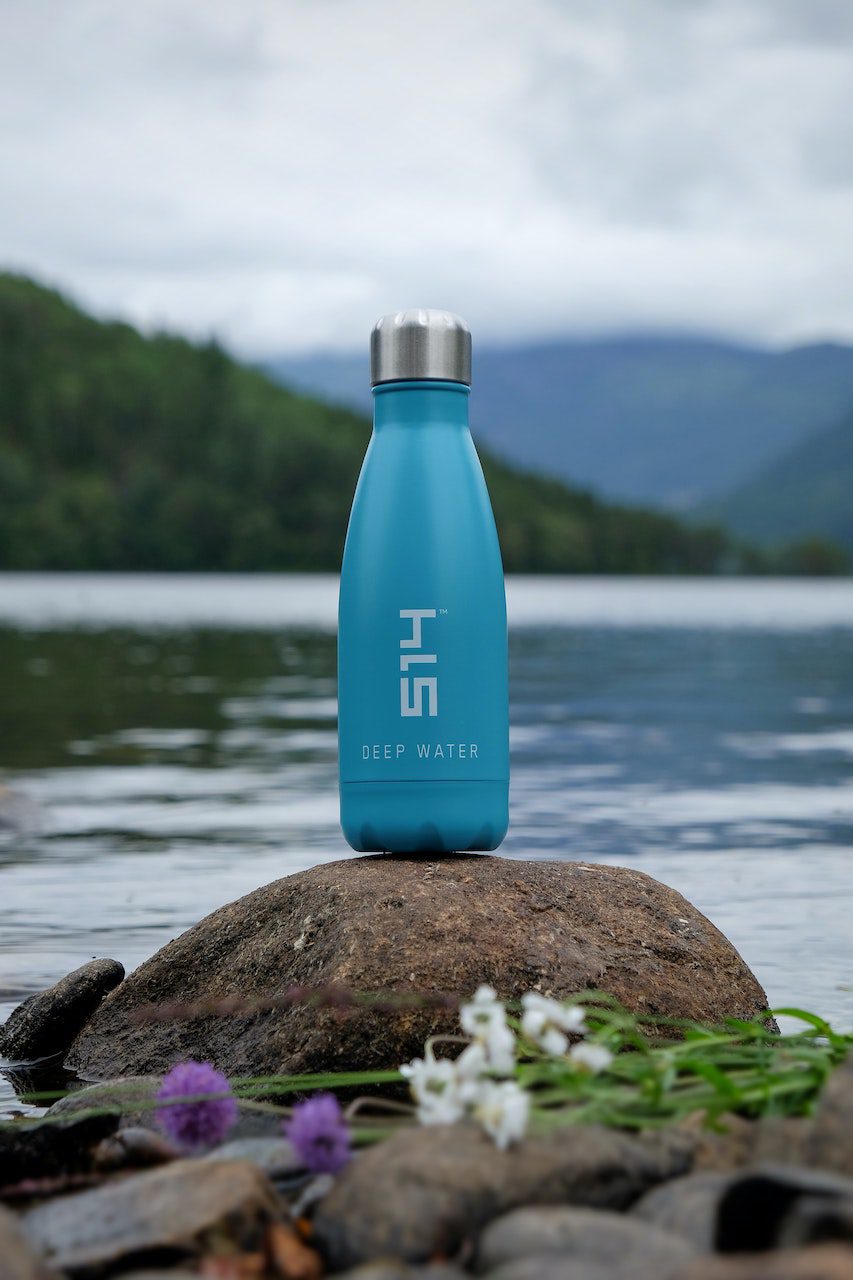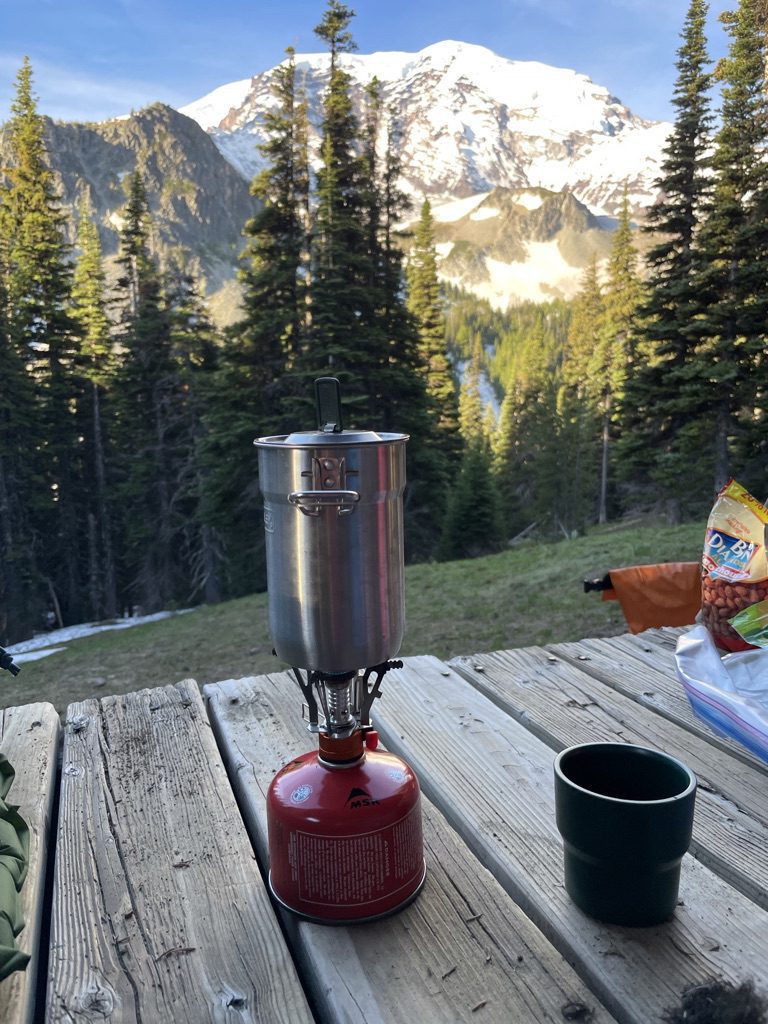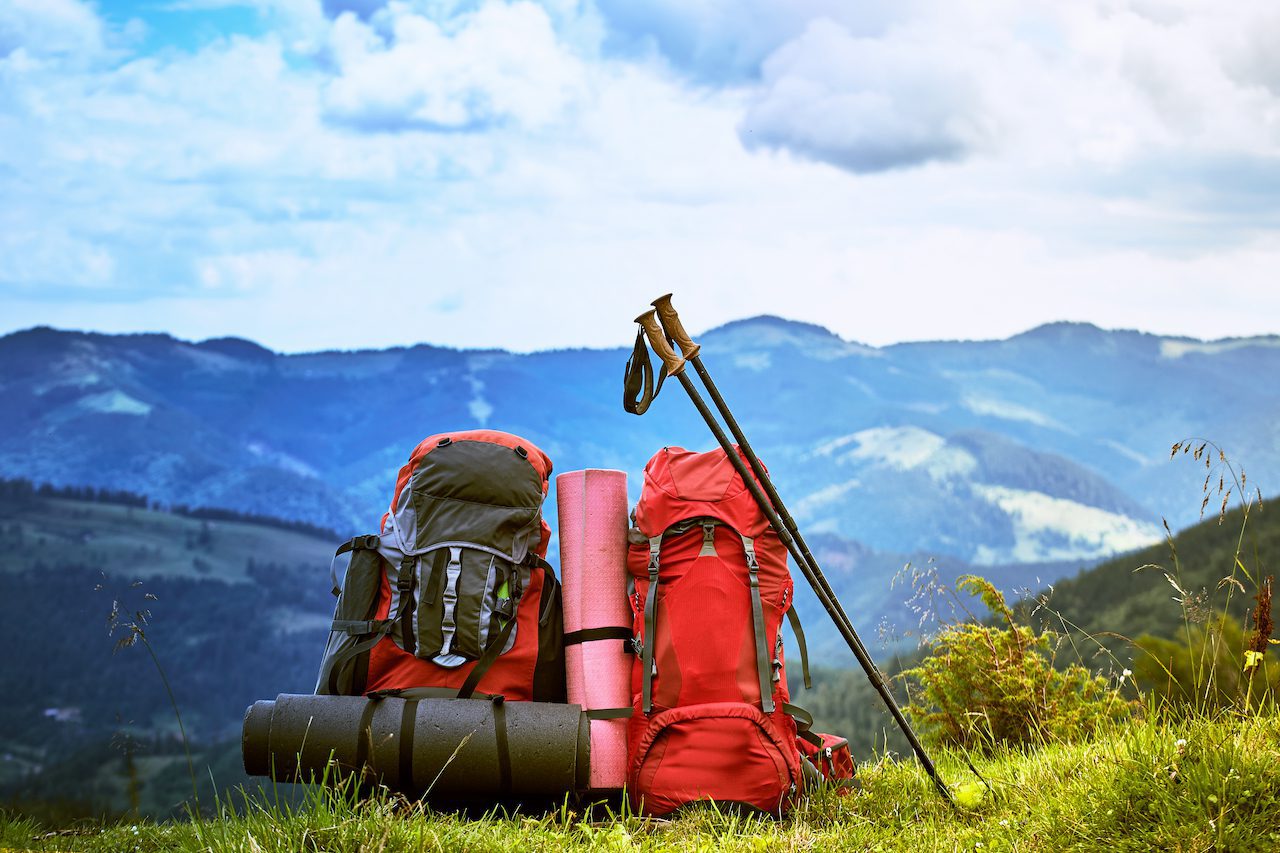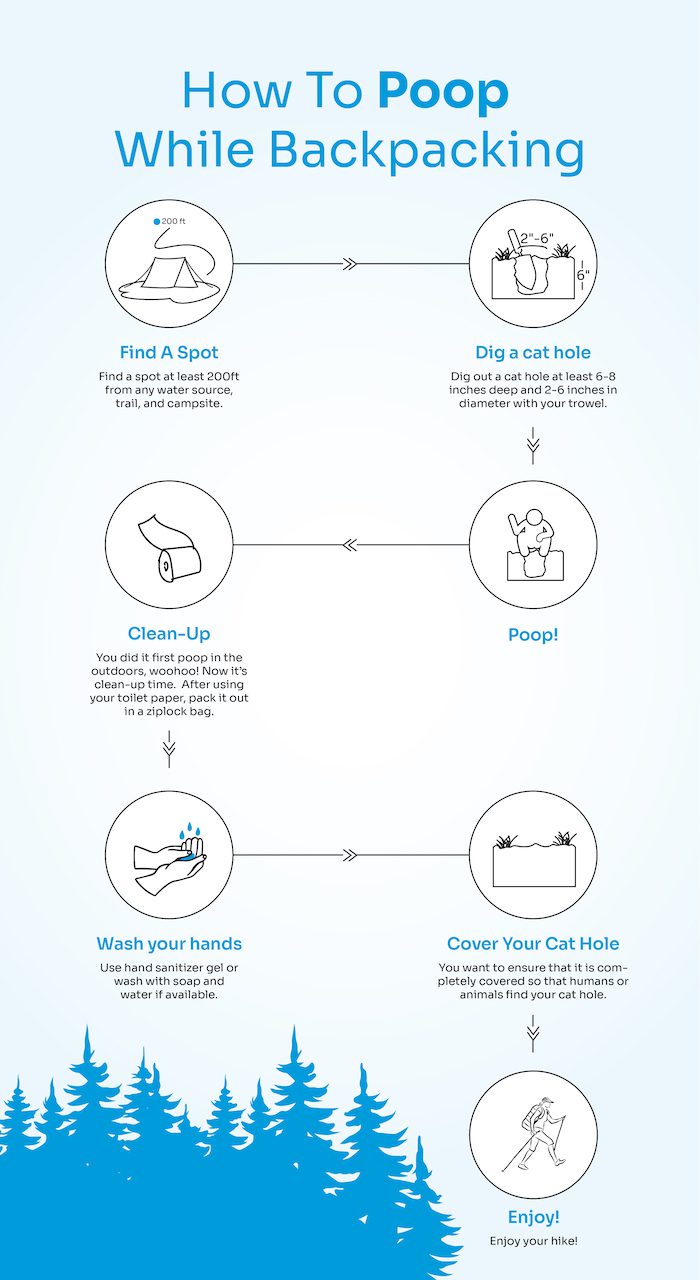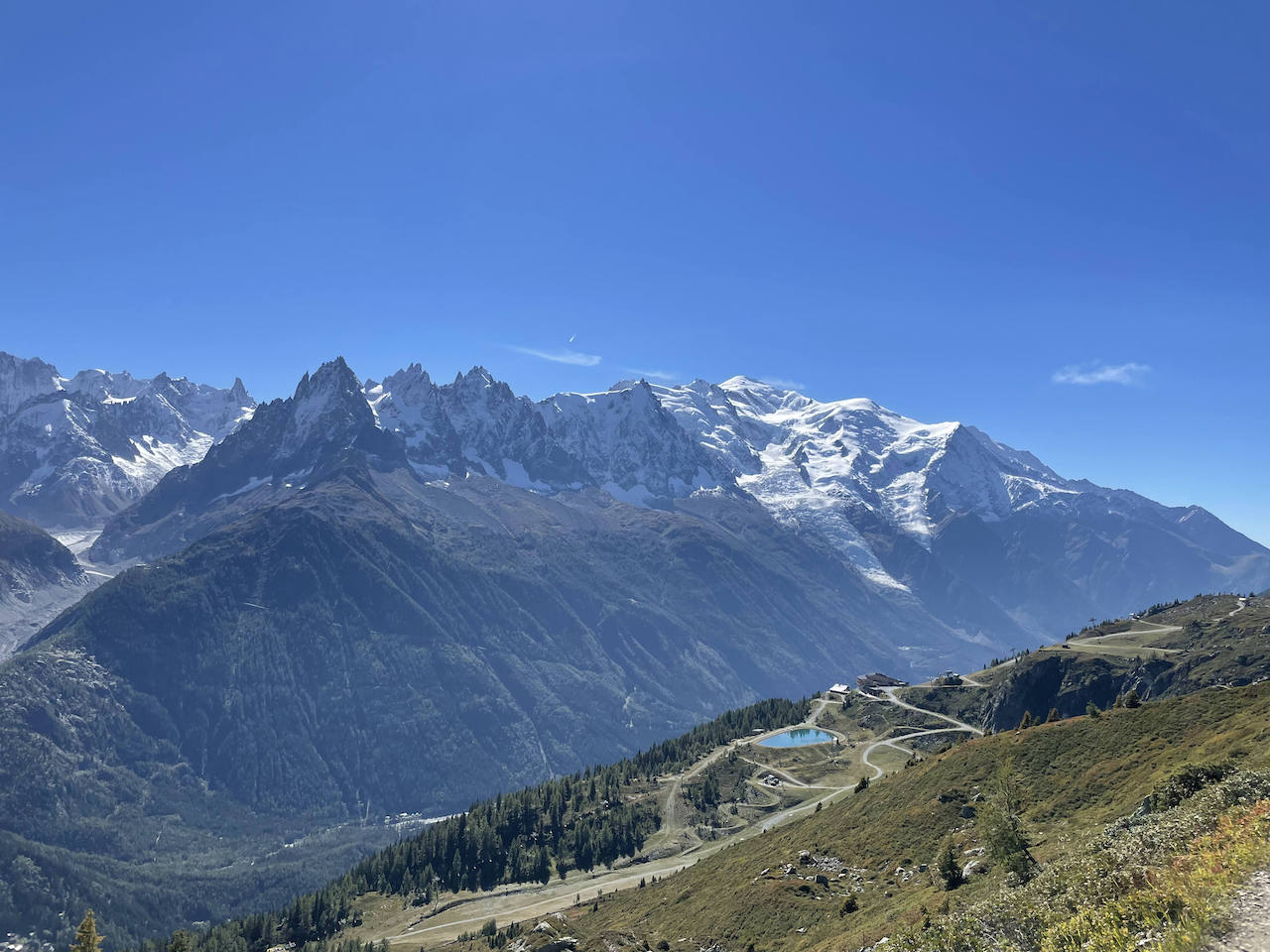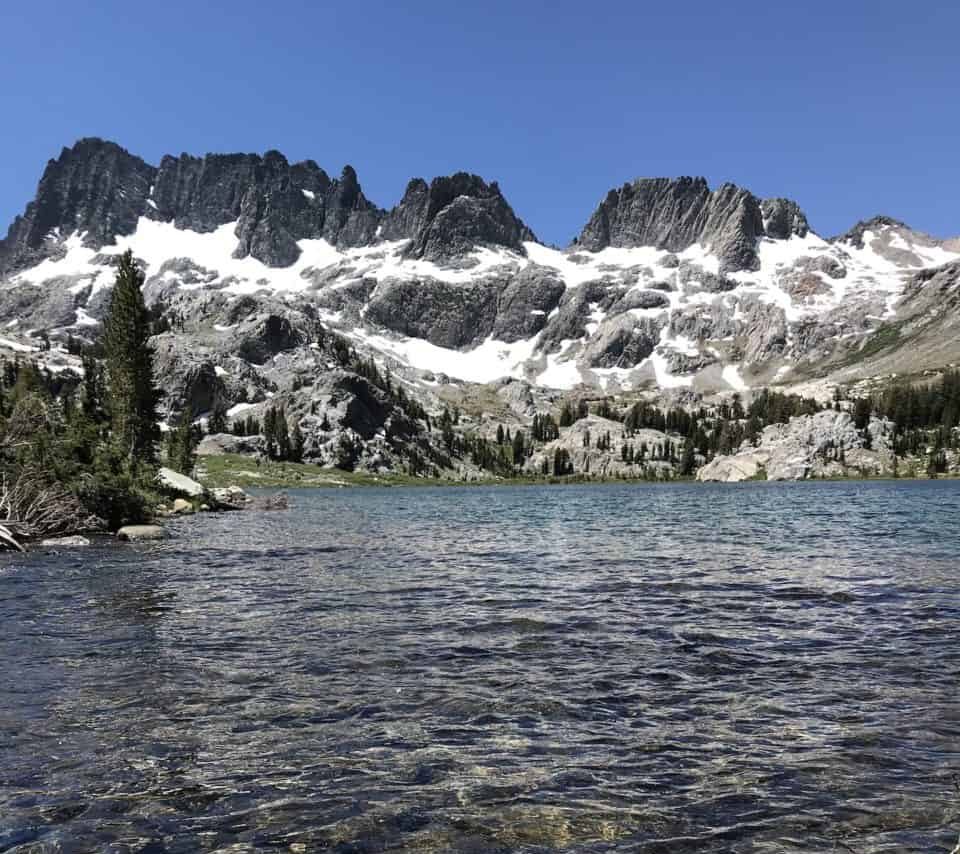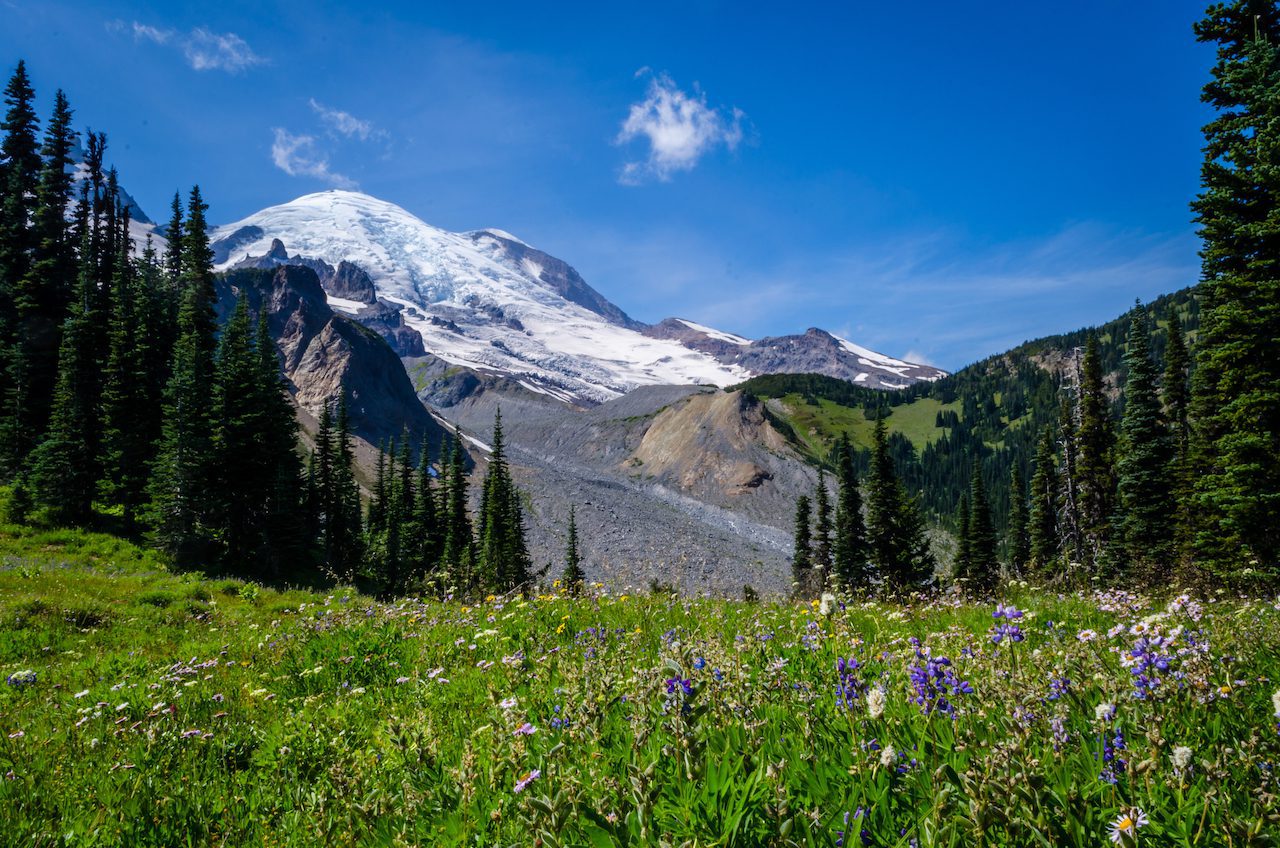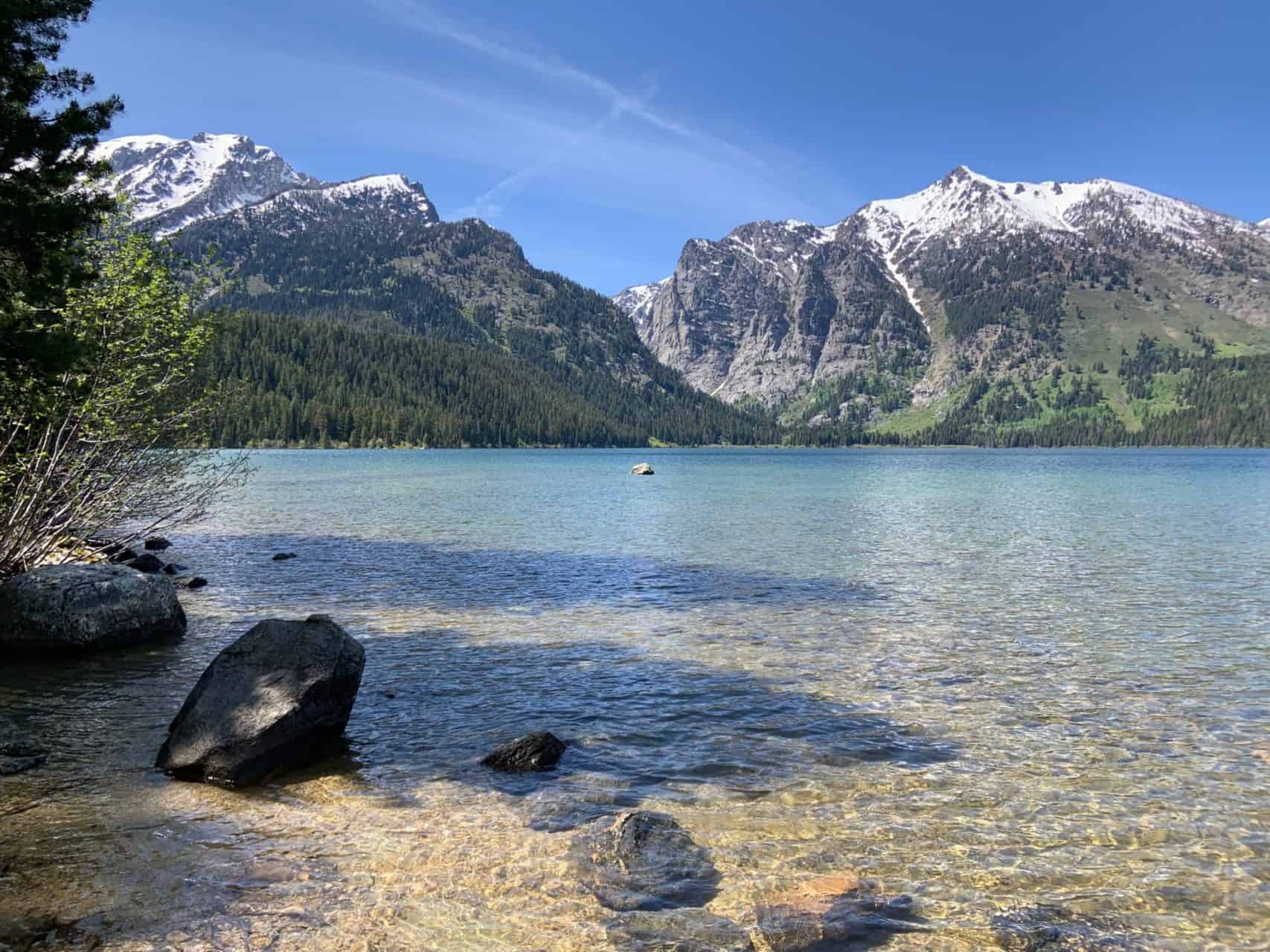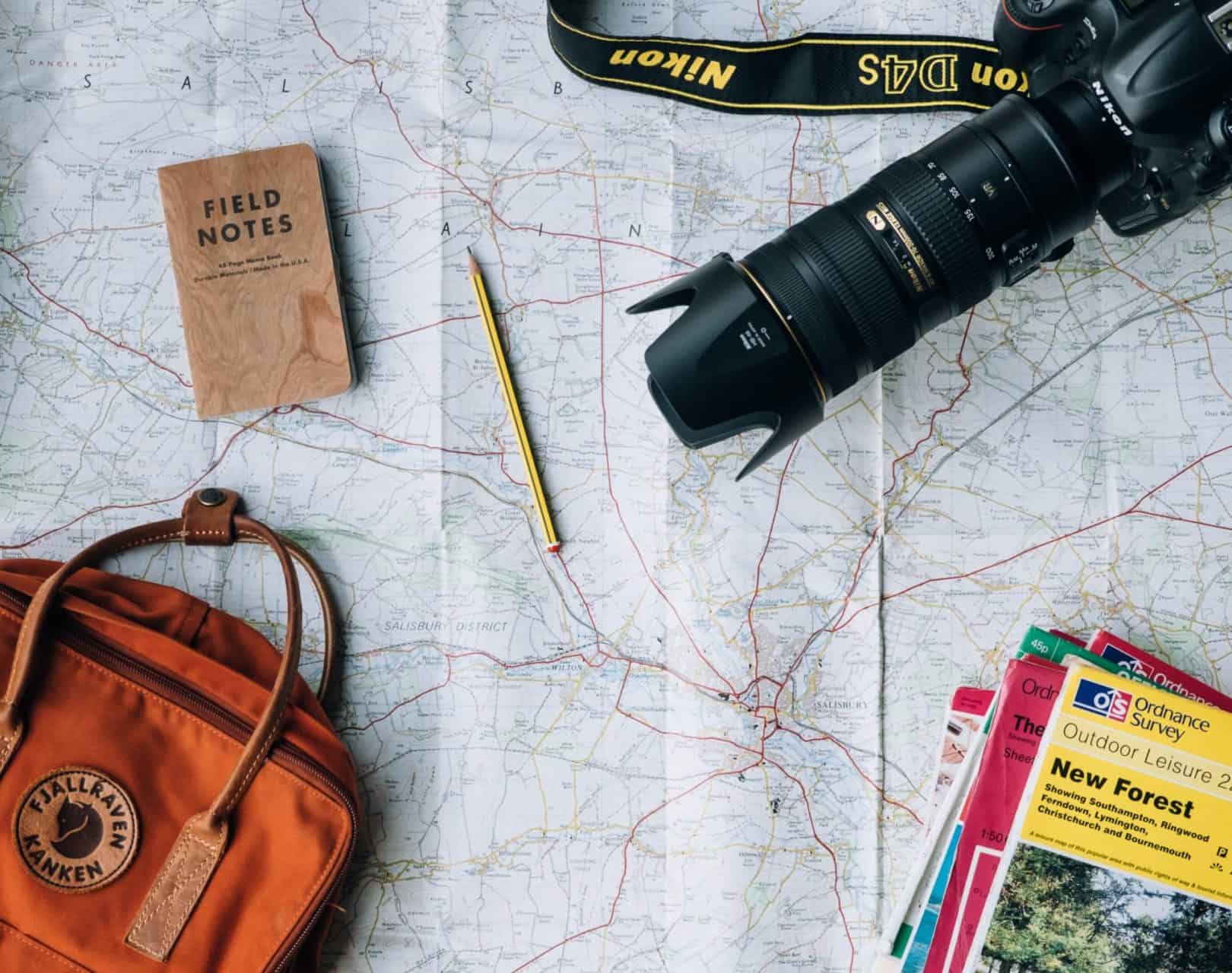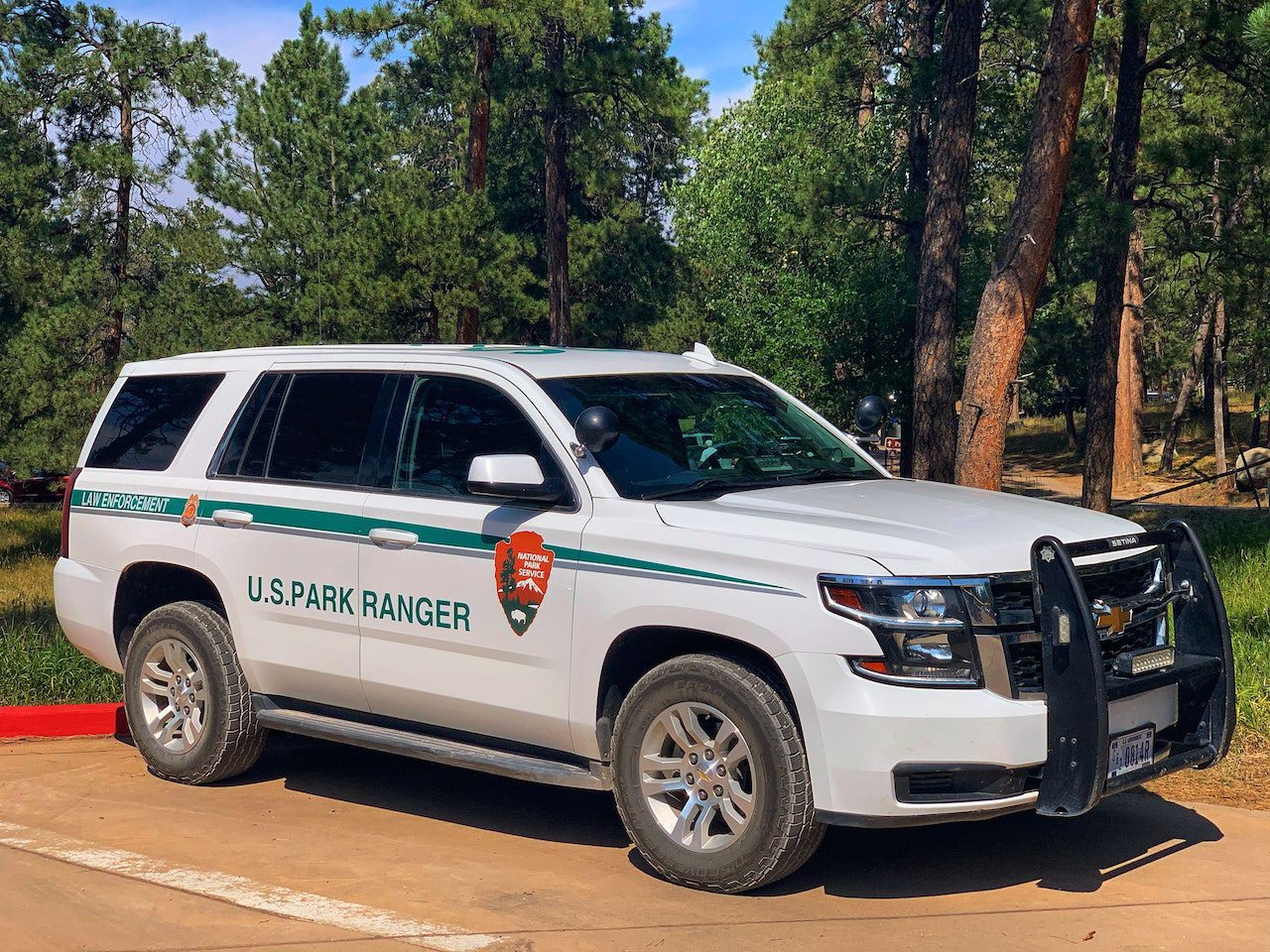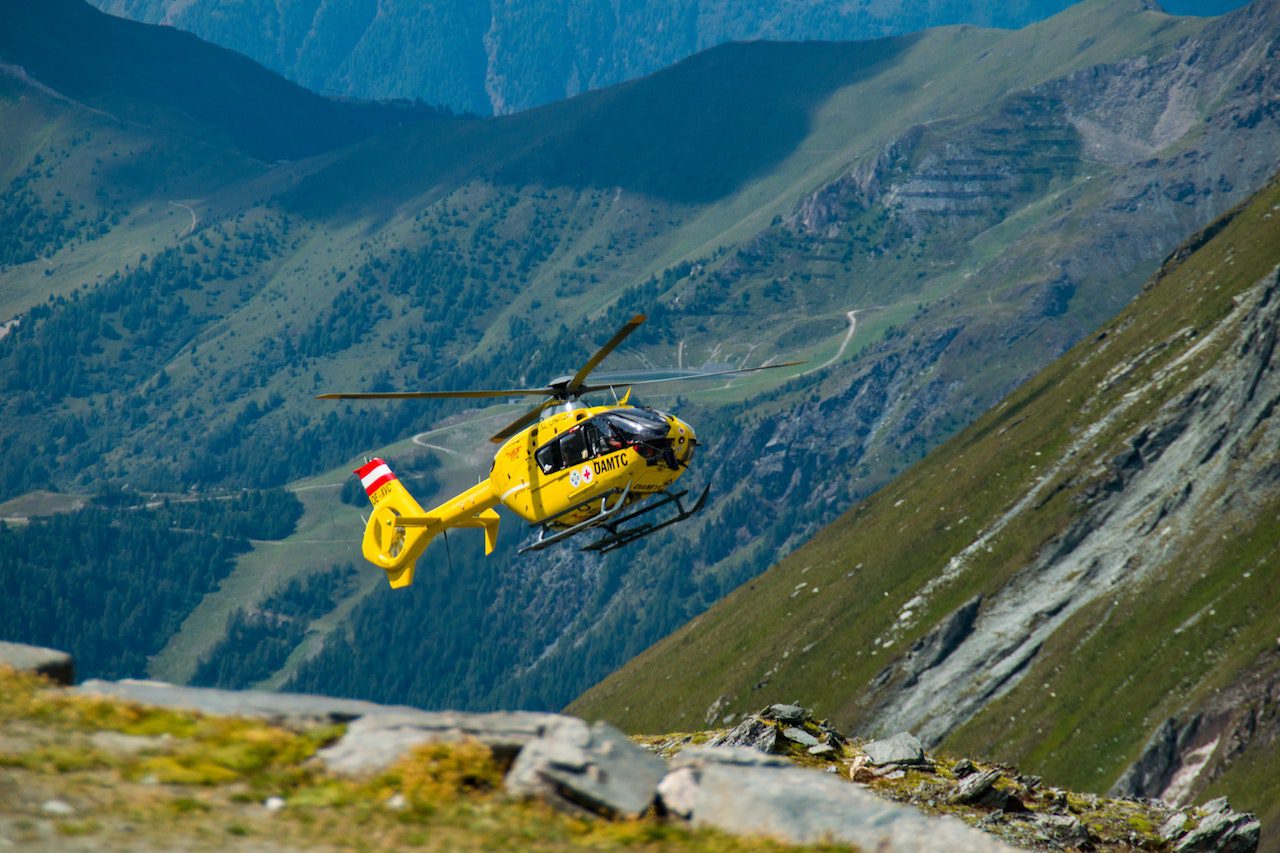What To Do With Your Trash When Backpacking?
Backpacking is a fantastic way to spend time in nature, but after several days of hiking, you are bound to accumulate a bunch of trash like granola bar wrappers, used toilet paper, and canned foods. Aside from knowing what gear to bring backpacking a common question many new hikers have is, what to do with your trash when backpacking?
Answer: Pack it out. Whenever you are hiking or backpacking it is of great importance that you leave no trace and carry any trash out of the park with you. For the remainder of this article, I am going to give you a complete rundown on what to do with your trash when backpacking.
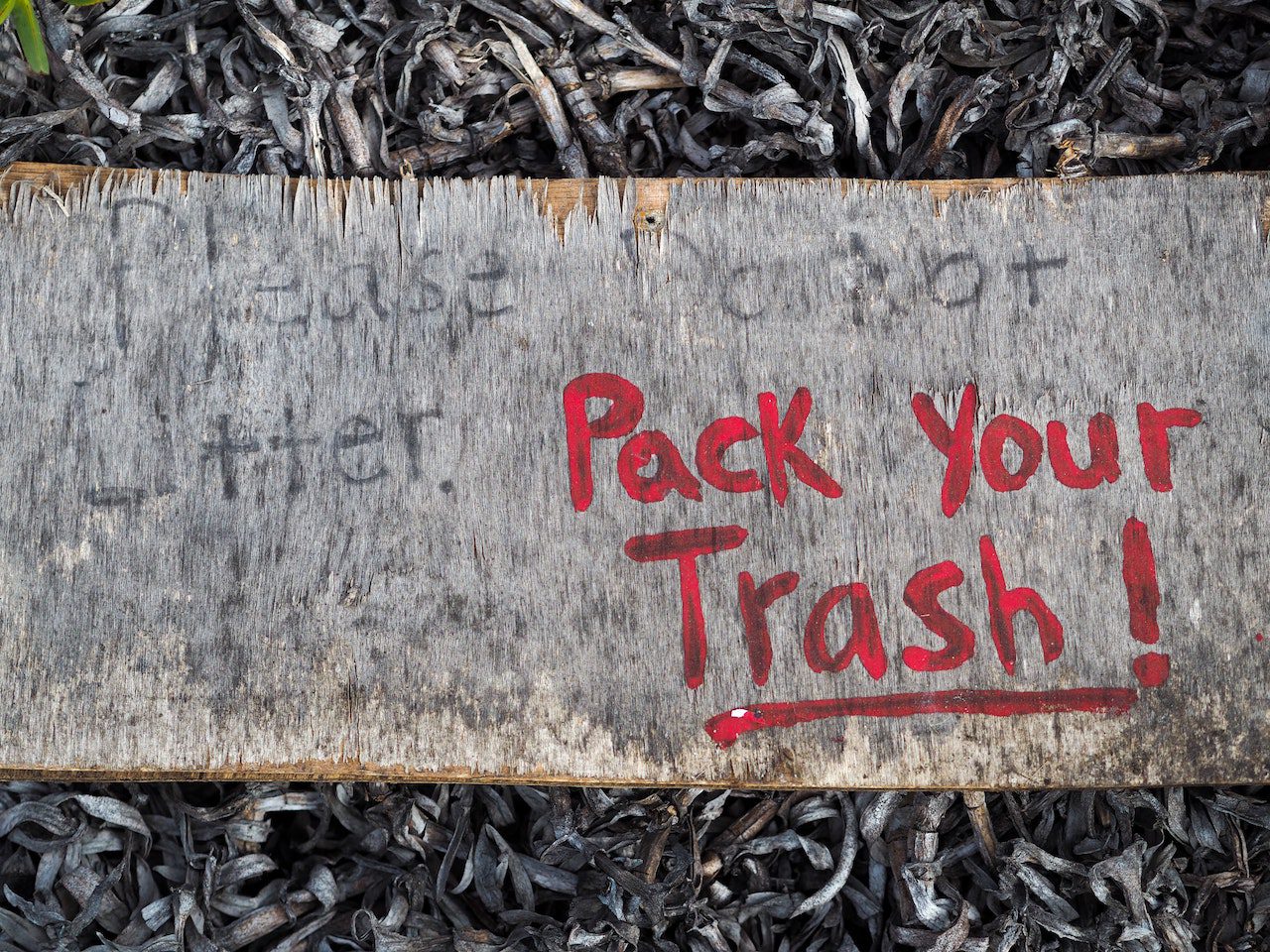
How Do You Pack Out Your Trash When Backpacking?
When I say “pack out” your trash, I mean that you must physically carry all of your trash out of the park with you. The best way to do this is by carrying a couple of gallon-sized ziplock bags, which you can use as trash bags. As your trip progresses, you will continuously dispose of your waste in these ziplock bags.
So there you have it, ziplock bags, not the fanciest gear but essential backpacking gear nonetheless.
Why Is It Important To Pack Out All Your Trash When Backpacking?
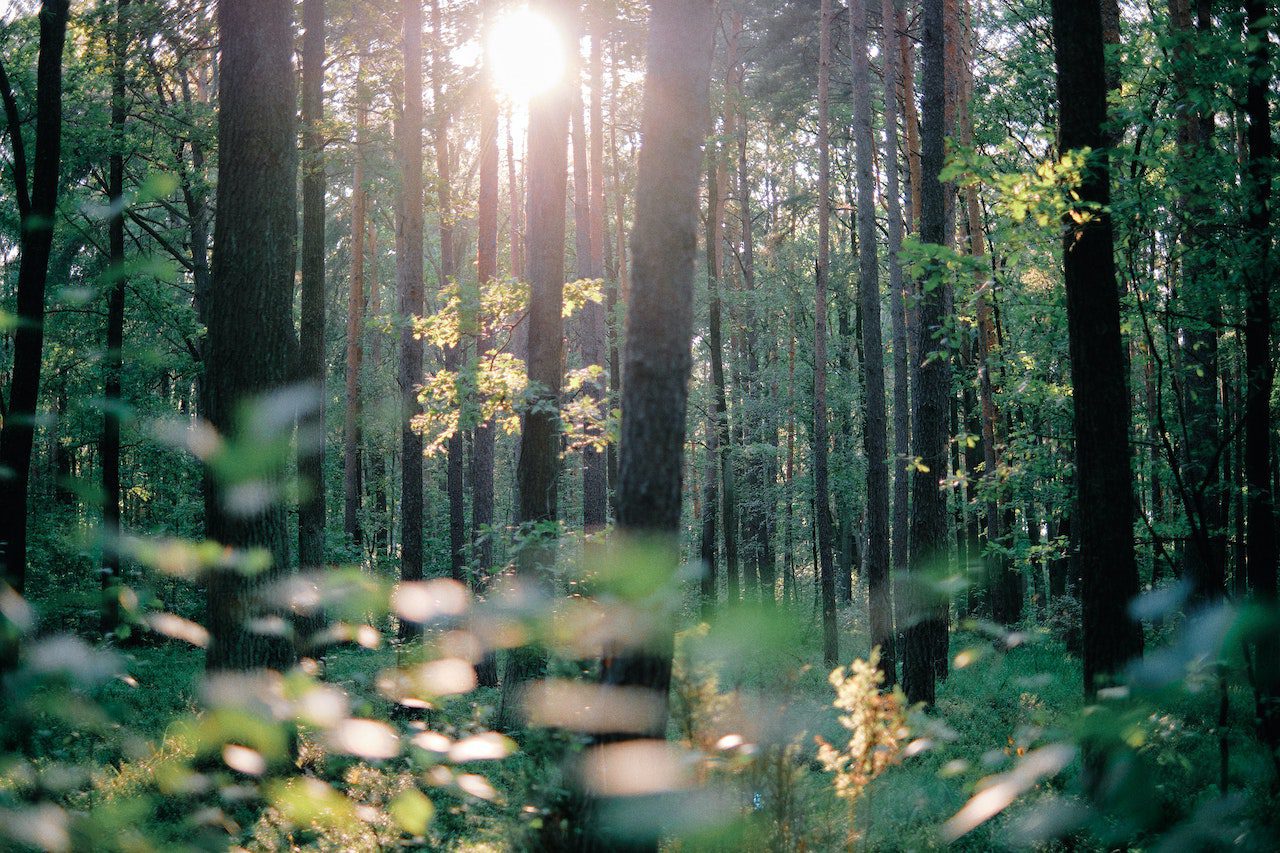
First, trash receptacles are nonexistent in the backcountry of national parks. So the only way to properly dispose of your garbage while backpacking is by packing it out. By carrying your trash out of the park and disposing of it responsibly, you help protect the nature, wildlife, and water sources of every region you visit.
What Needs To Be Packed Out When Backpacking?
All of your trash, this includes:
- Wrappers
- Food containers such as dehydrated meals
- Used toilet paper
- Any odorous item that you plan on disposing of
You should not be leaving anything you are bringing with you into a backpacking trip in the wilderness.
Can You Throw Your Trash Out In Pit Toilets When Backpacking?
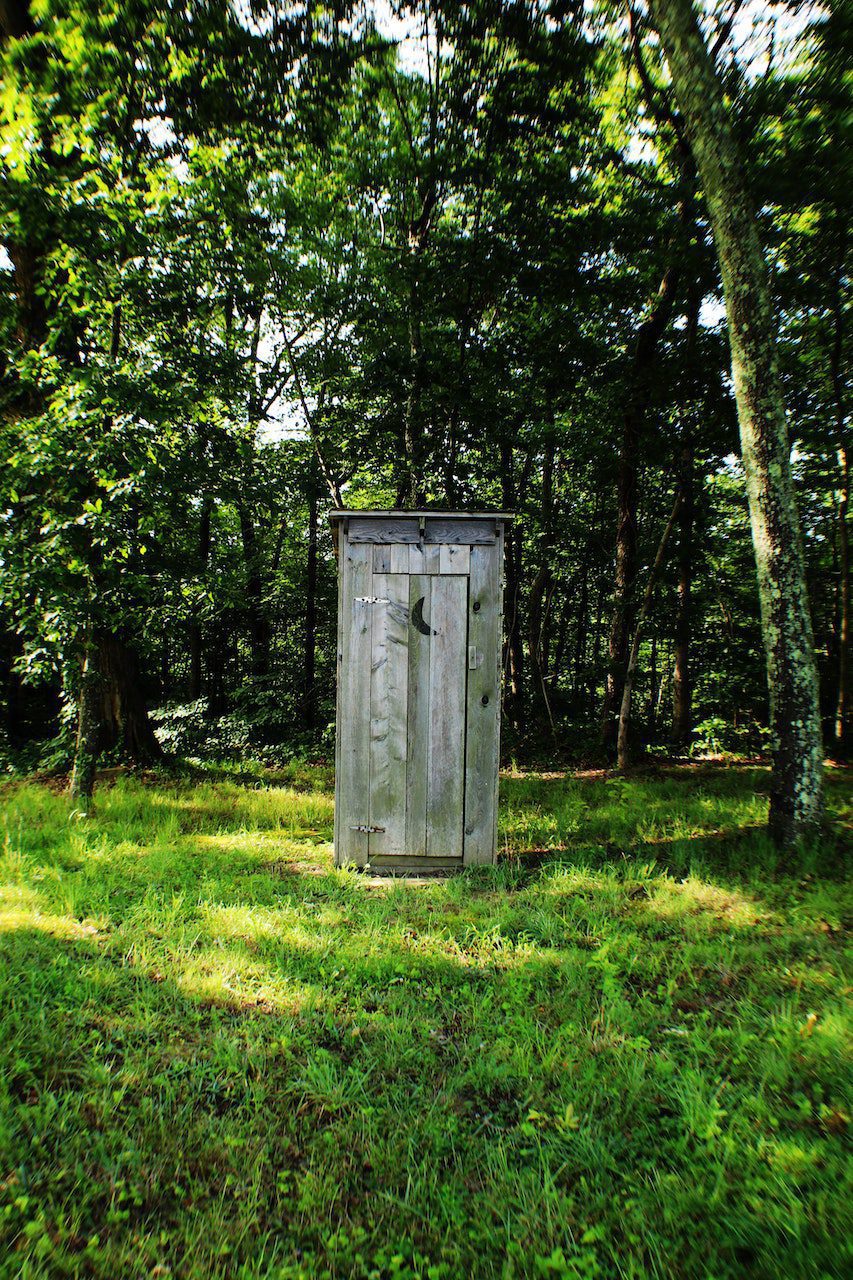
No.
You cannot do this because trash in pit toilets can delay the composting process and will eventually require it to be manually removed by a park employee. The only things that should be going into pit toilets are your poop and your used toilet paper. Don’t put someone through the trauma of digging through human feces to clean up your garbage. Just pack out your trash.
Do You Need To Pack Out Your Toilet Paper When Backpacking?
Yes.
Technically this can vary by the park, but it is best to leave no trace practice to pack out your used toilet paper unless using a pit toilet. I know it’s gross, but it is the best thing for local plants, wildlife, and fellow hikers. No one wants to have their beautiful time in nature interrupted by some rogue toilet paper flying around a meadow that’s just nasty!
What To Do With Your Trash Bag When Backpacking?
Another common question is, what in tarnation are you supposed to do with your garbage bag while you are actively hiking? I recommend putting your main one in your bear canister or dry bag while hiking and carrying an additional bag for used toilet paper in a more accessible pouch. That way you are ready to go whenever nature calls. By the way, if you want to learn more about pooping while backpacking, check out our article “How To Poop While Backpacking.”
What To Do With Your Trash When You Arrive At Camp?
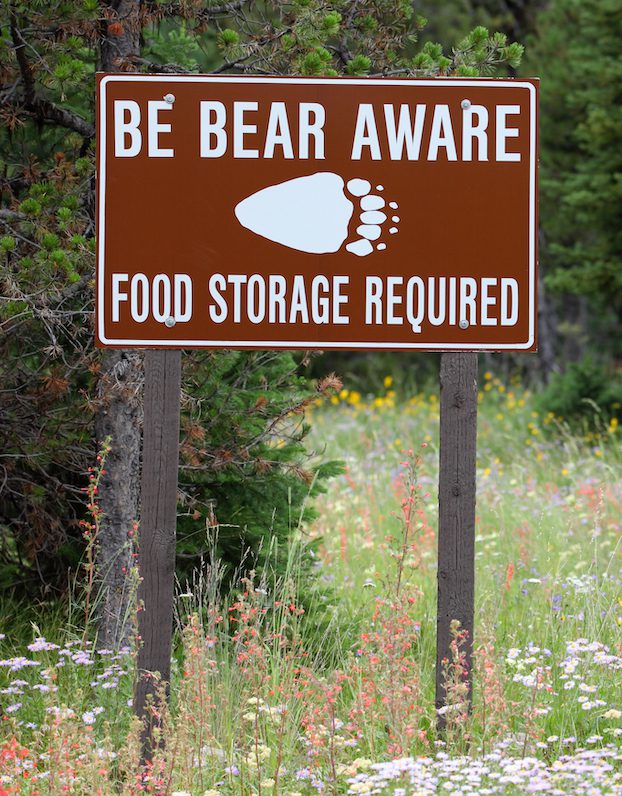
After you arrive at camp, you need to treat your trash bag as an odorous item which means it needs to be stored appropriately either with a bear canister or by hanging it, depending on the park’s food storage regulations.
You must properly store all of your odorous items before going to sleep. Be sure to check all of your pack’s compartments, including your belt pockets, to make sure you removed all of your snack wrappers from the day. Proper food storage is a crucial leave no trace principle. If you want to learn more about correct food storage practices, you should check out “how to store food while backpacking.”
How Many Trash Bags Do You Need For Backpacking?
This is something that would vary depending on how long you are backpacking. For a three to five-day backpacking trip, I will bring a minimum of two-gallon-sized ziplock bags. Remember that the bags barely add any weight to your pack, so getting a couple of extra wouldn’t hurt .
What If You Run Out Of Trash Bags While Backpacking?
If you find that you ran out of space in your trash bags while backpacking and are still accumulating trash, I recommend moving your remaining food to a single bag and using that as a trash bag. Another option is to take your toiletry items out of their plastic bag. Your toothbrush may be a bit dirtier, but at least you have another garbage bag. If you are desperate for another space to place your trash, your last option would be to put it in your bear canister or dry bag.
How To Dispose Of Your Trash Bags After Backpacking?

After you leave the park, you can get rid of your packed-out garbage just as you would in everyday life. Just dump it in the trash. The only item you need to take special care of is your fuel tanks these need to be appropriately disposed of according to local regulations.
Final Thoughts:
While packing out your trash isn’t one of the most glamorous parts of backpacking, it is a critical practice to help maintain nature’s beauty. Let me know how you pack out your trash when backpacking in the comments below!

